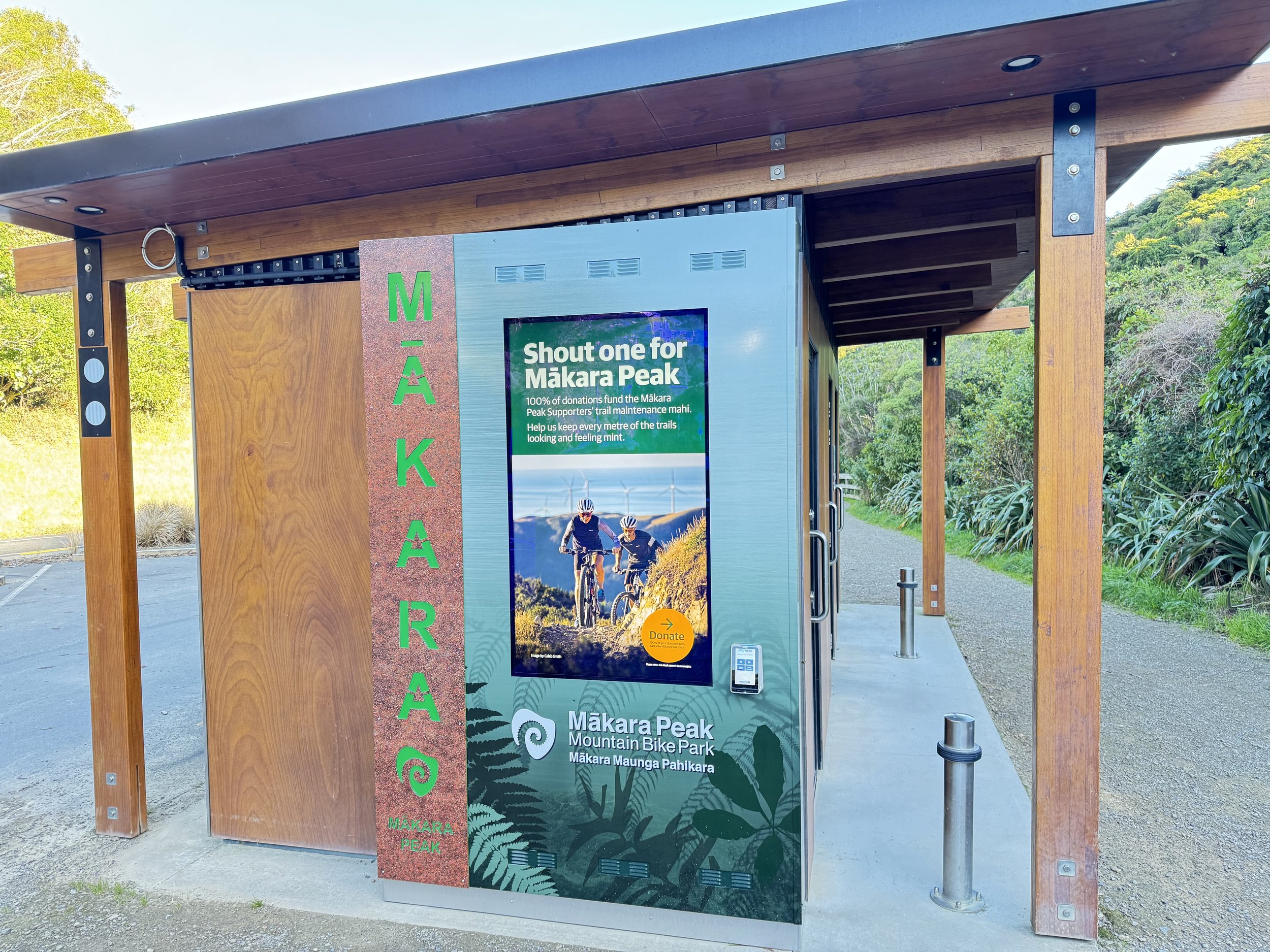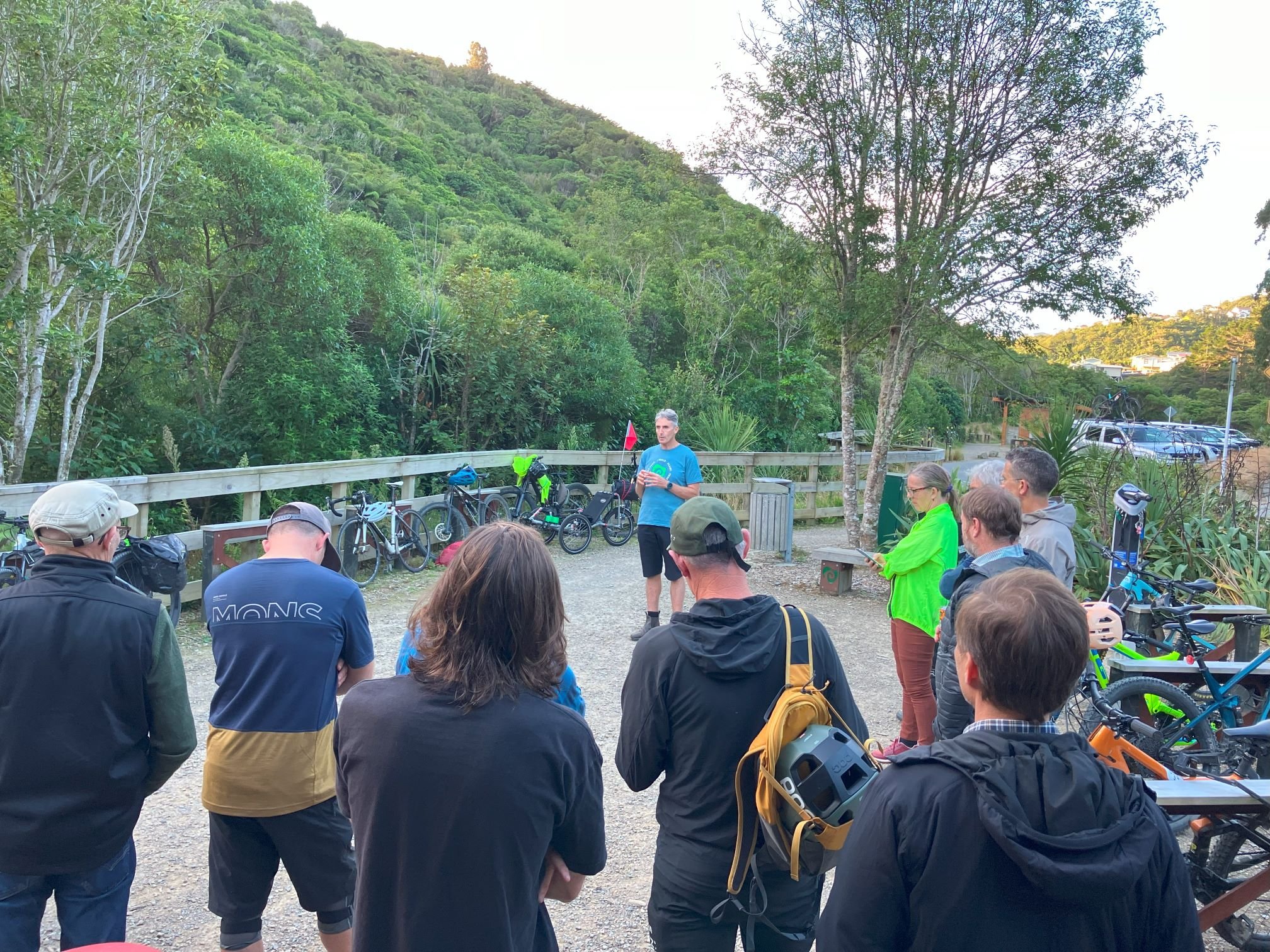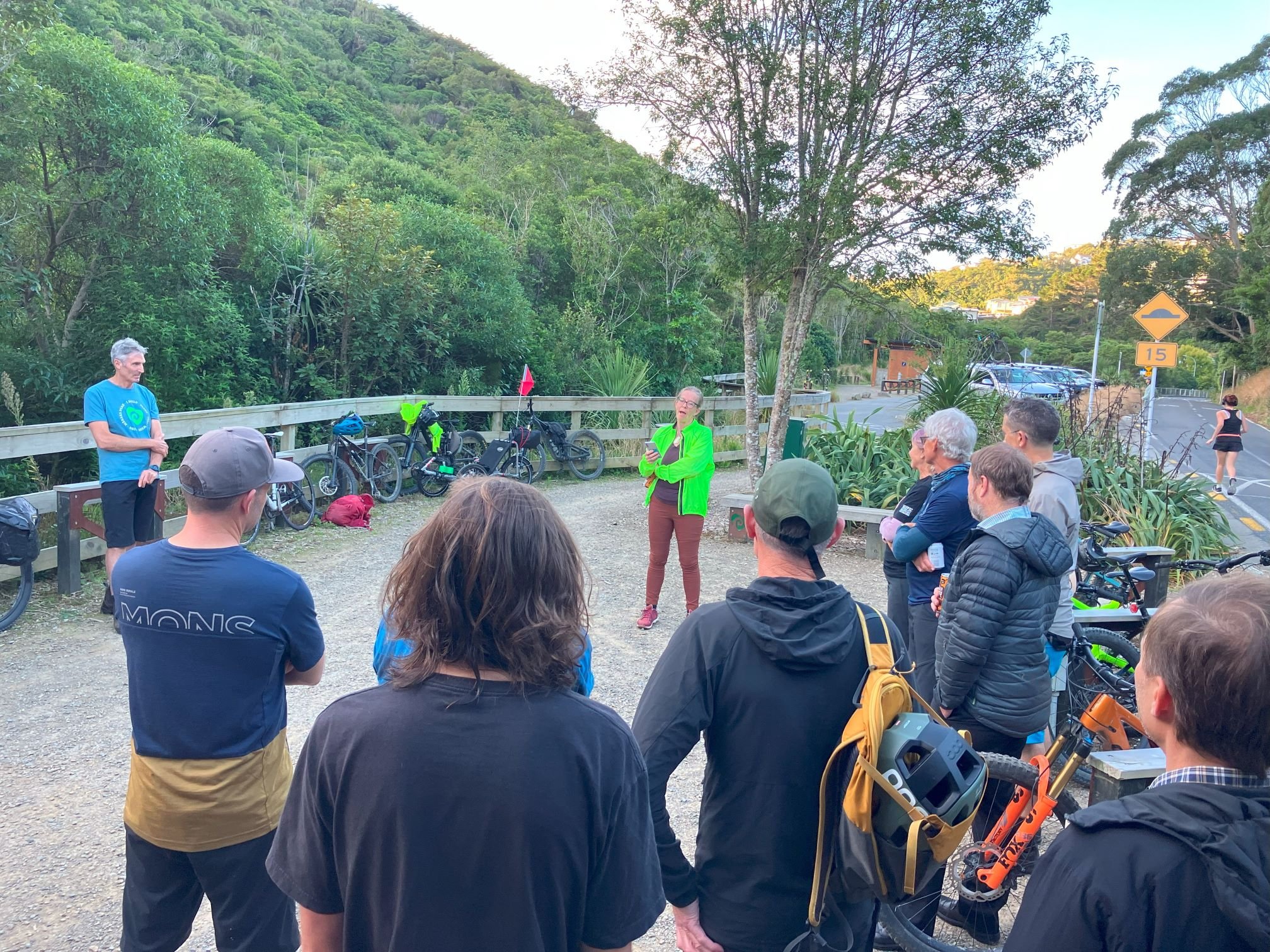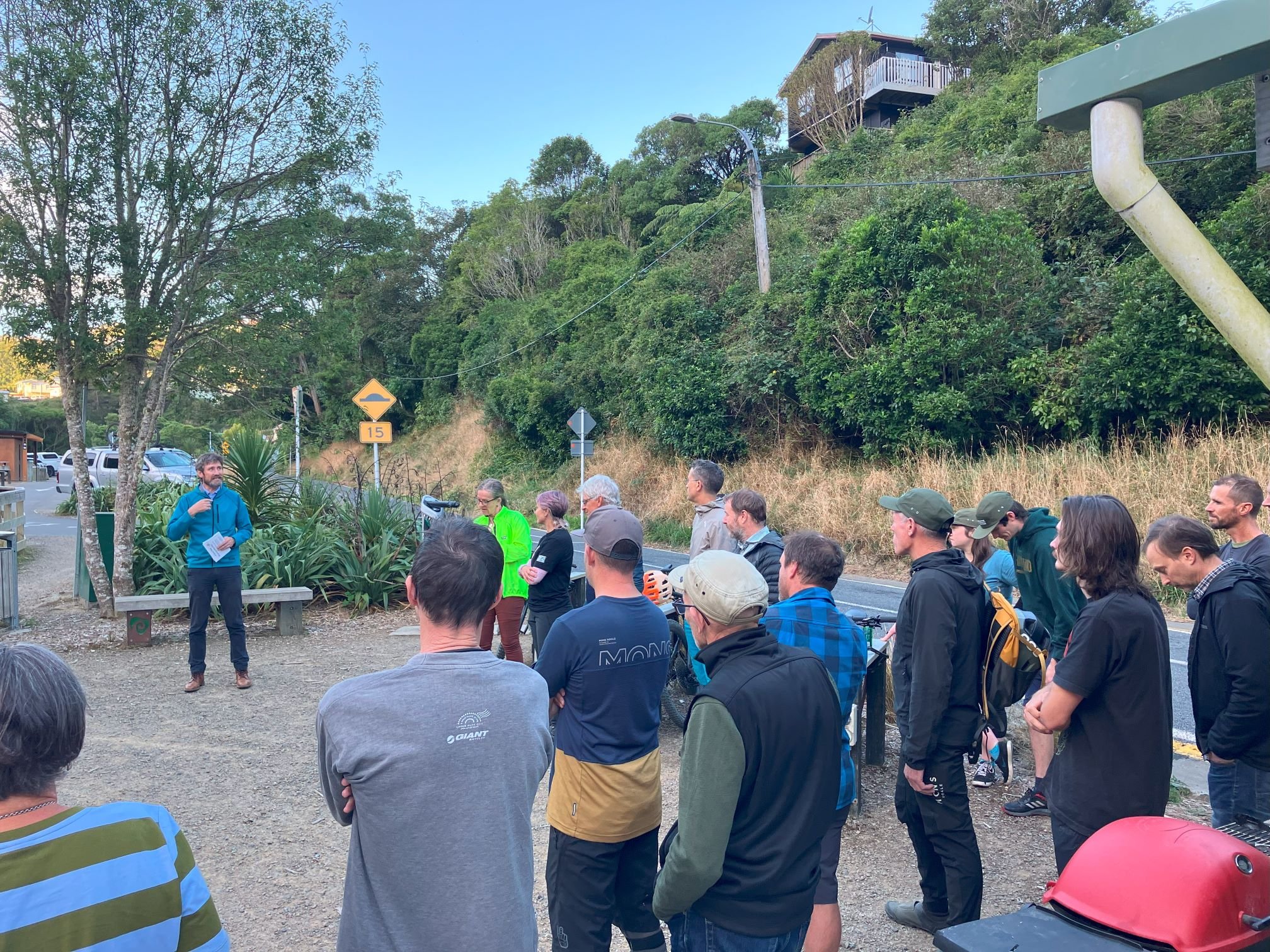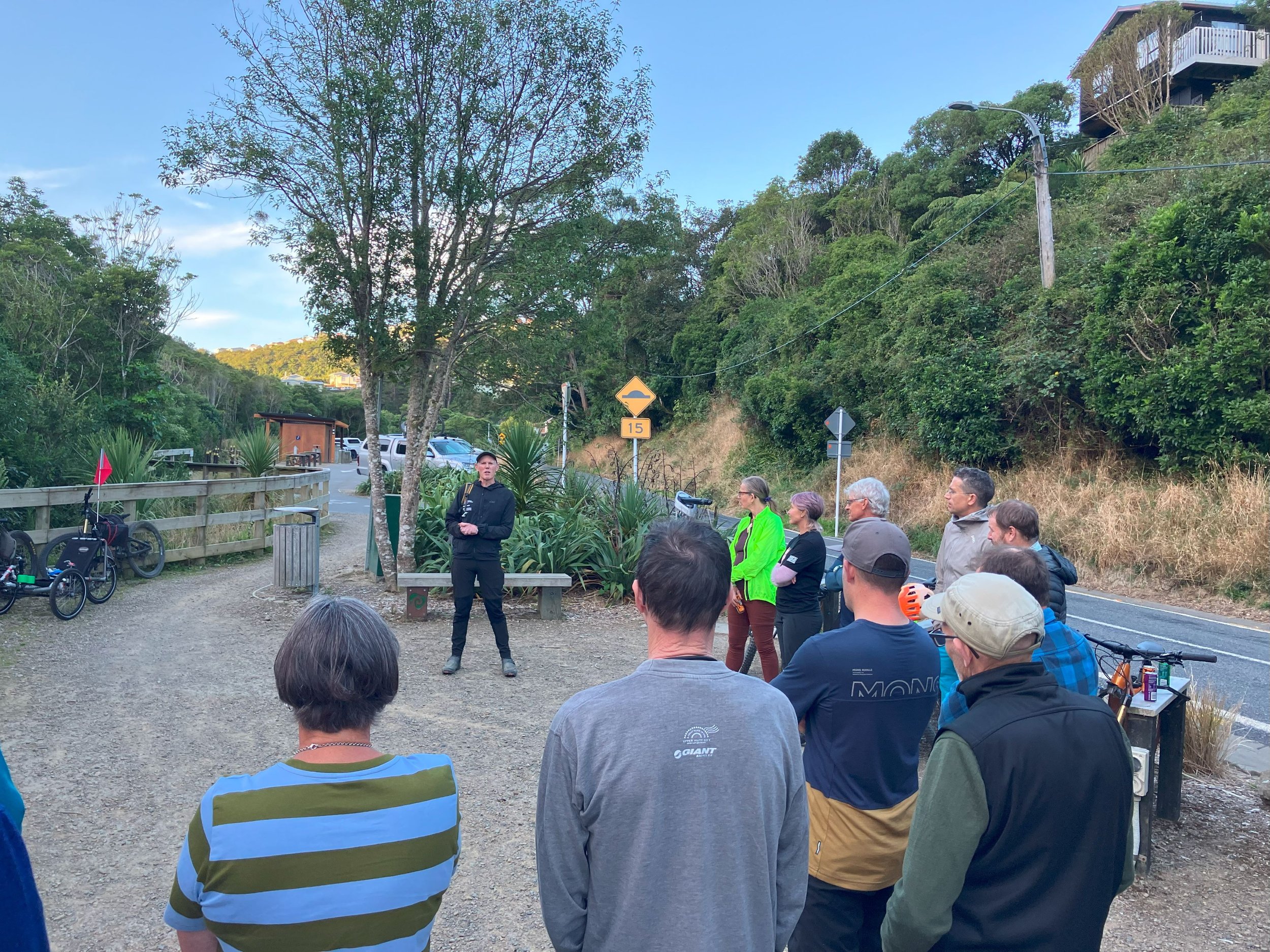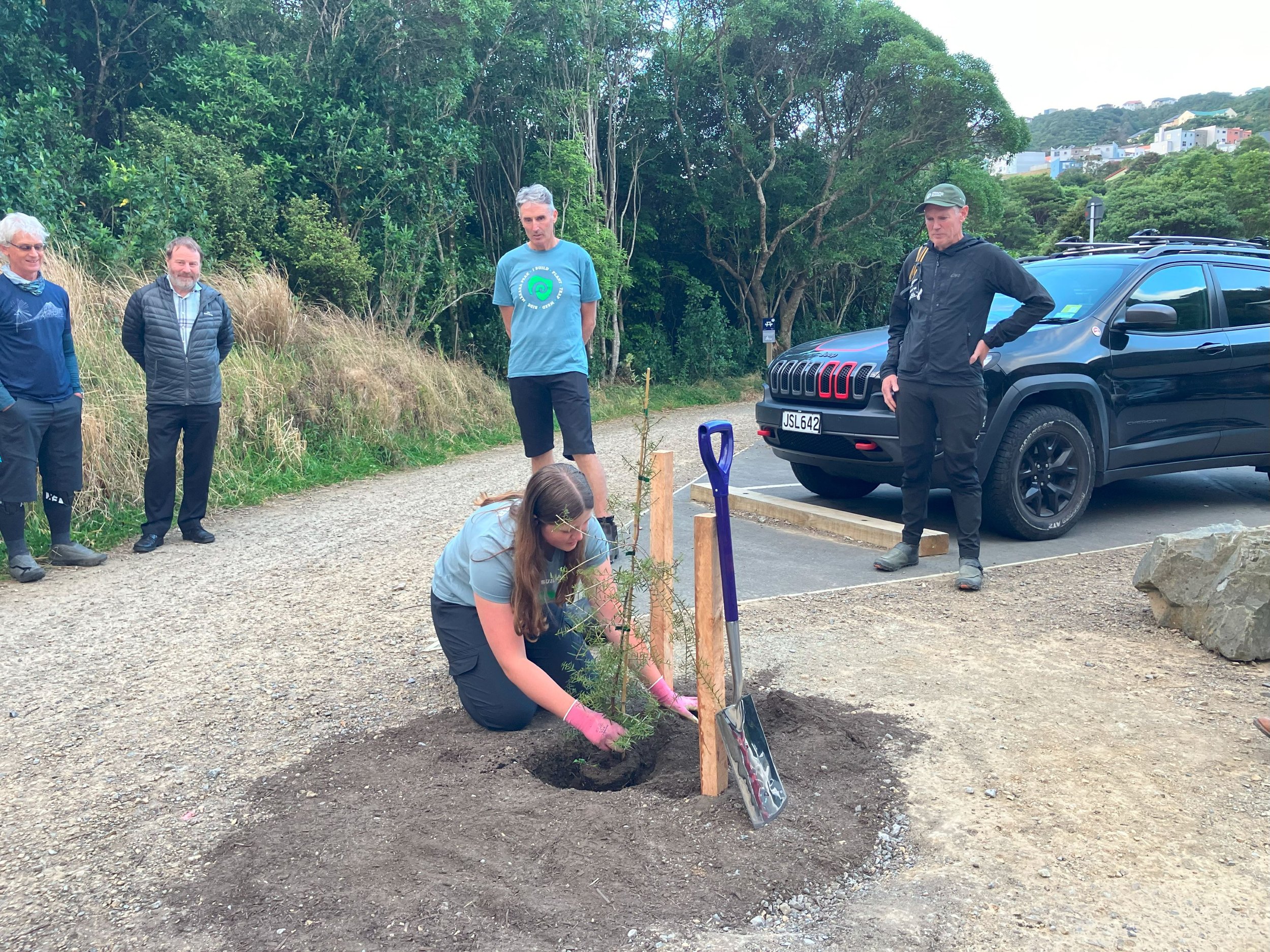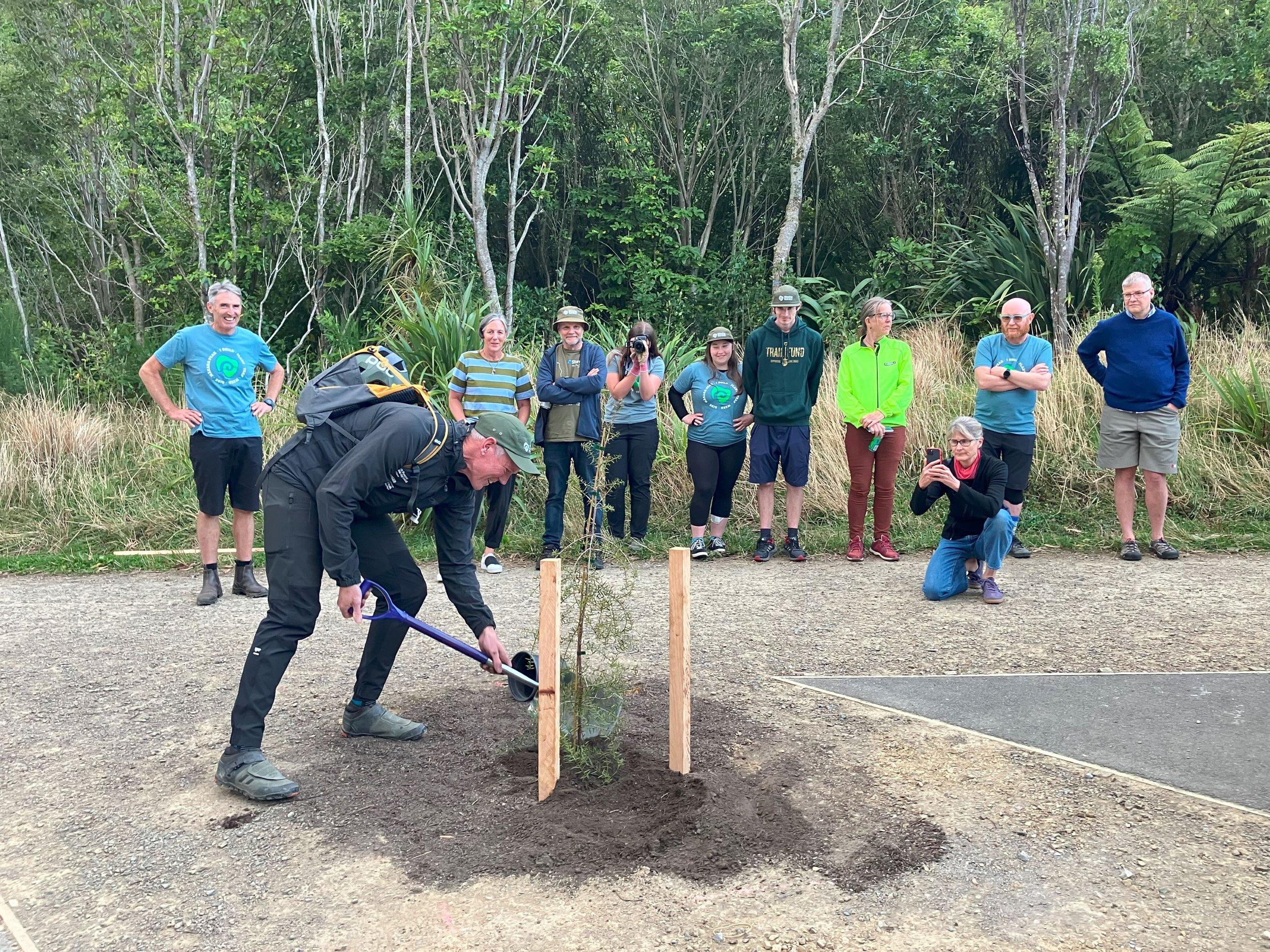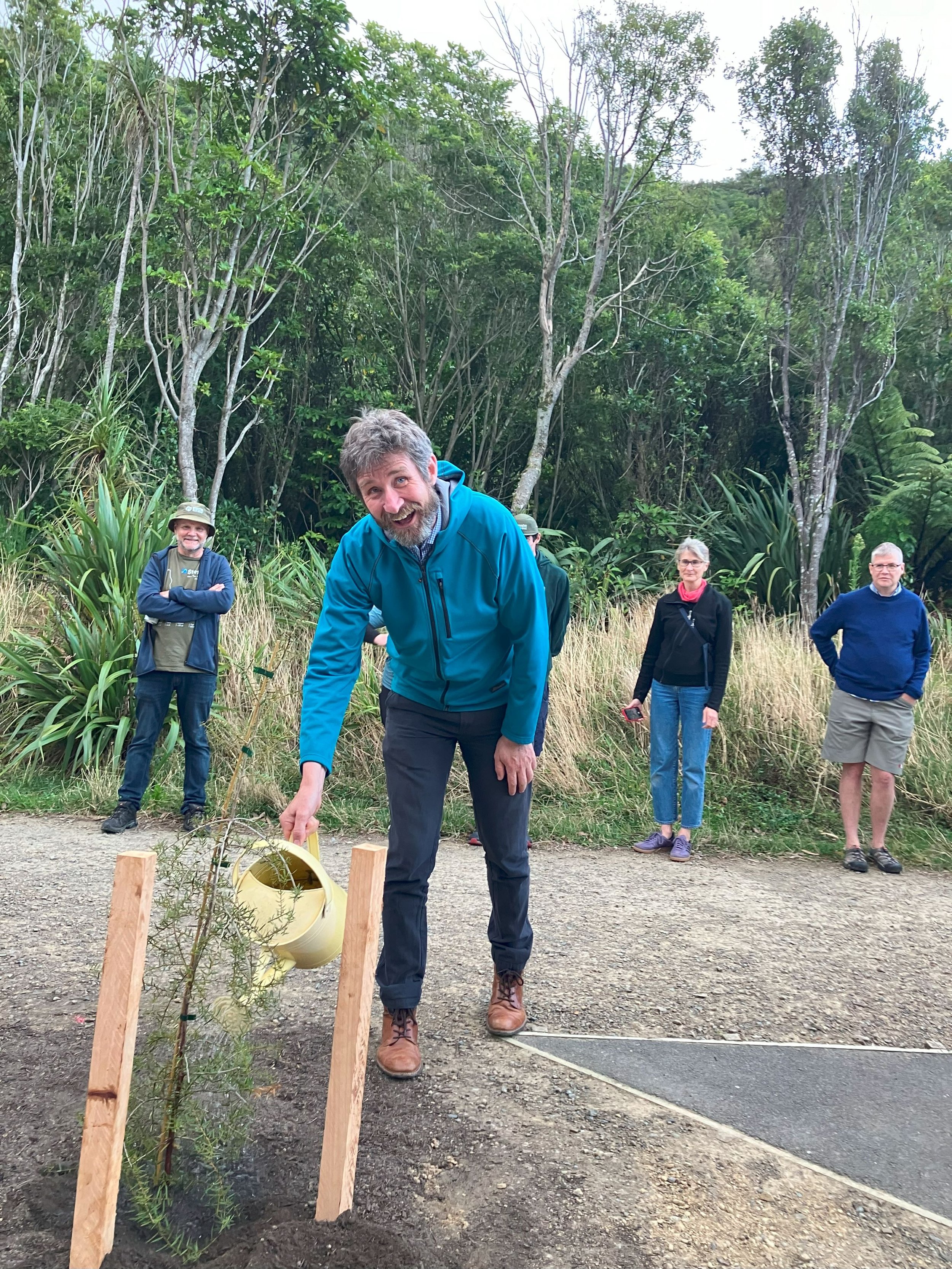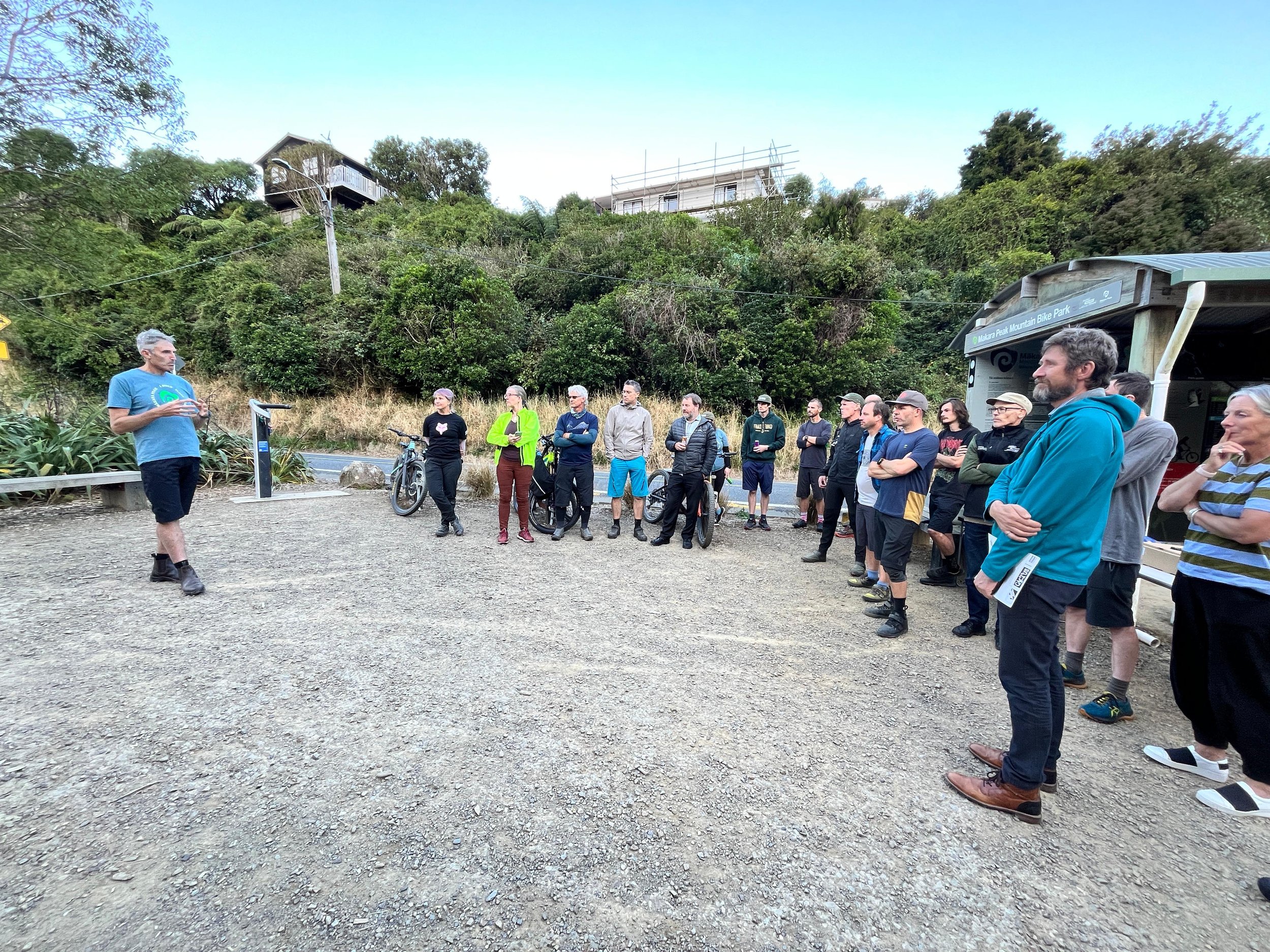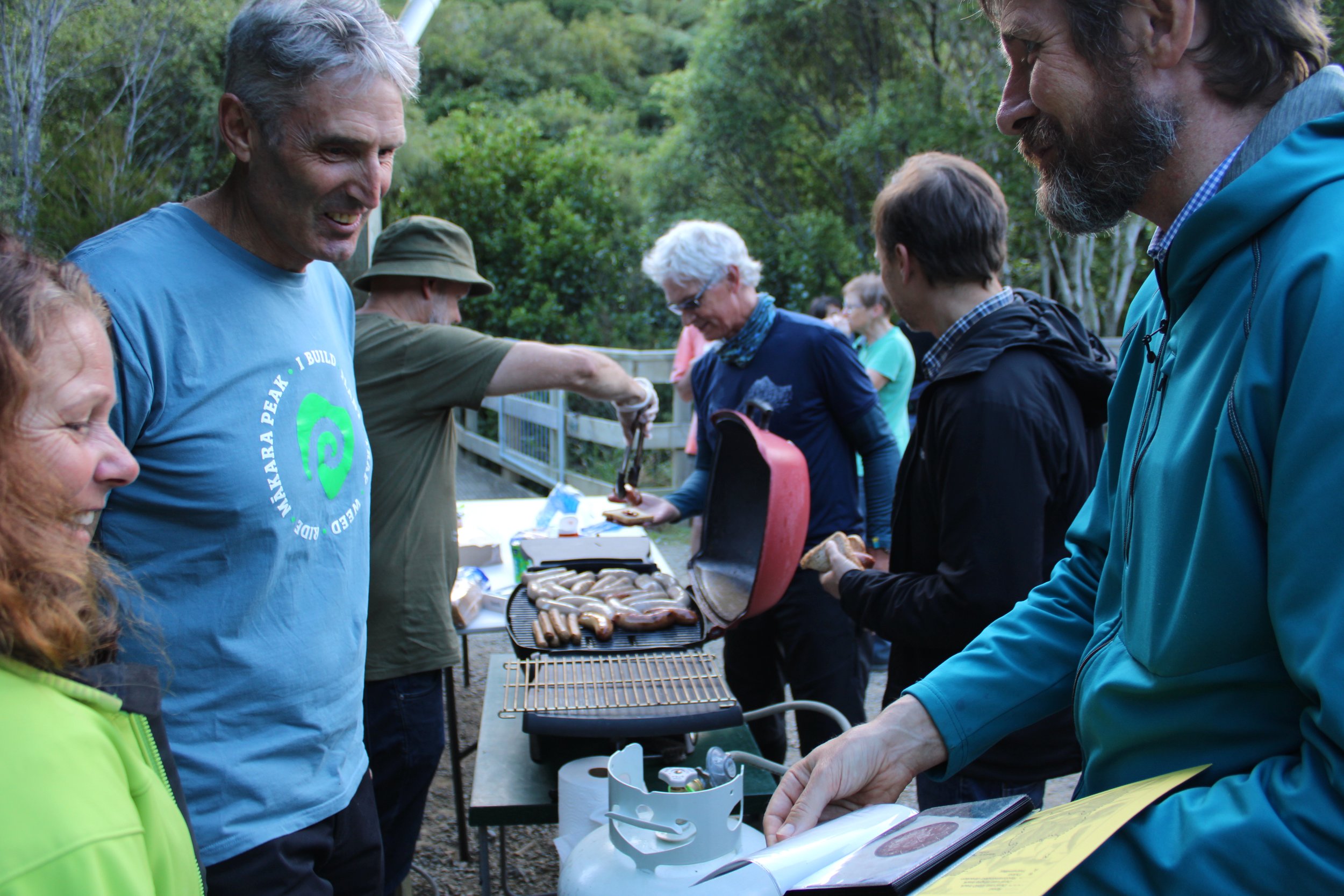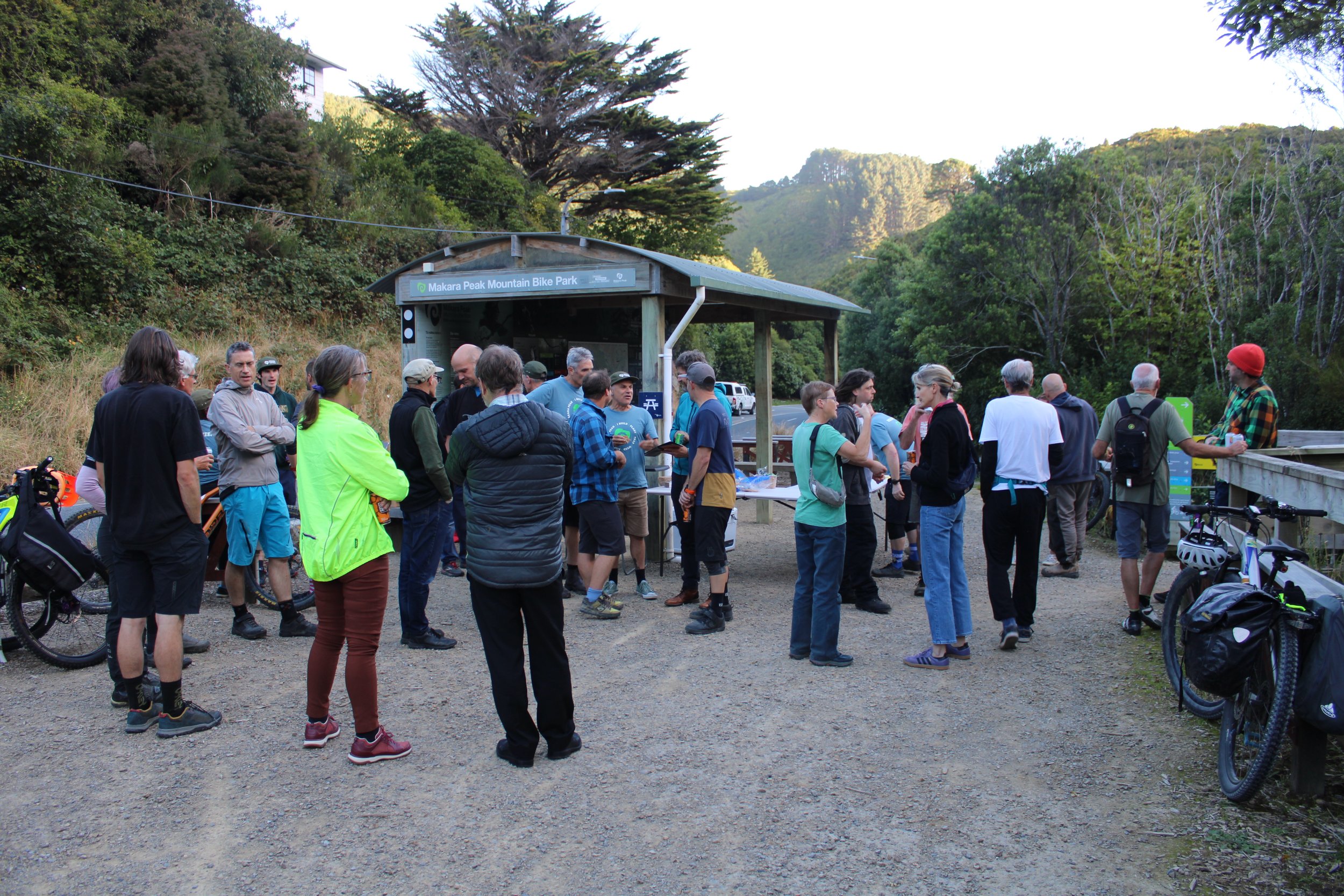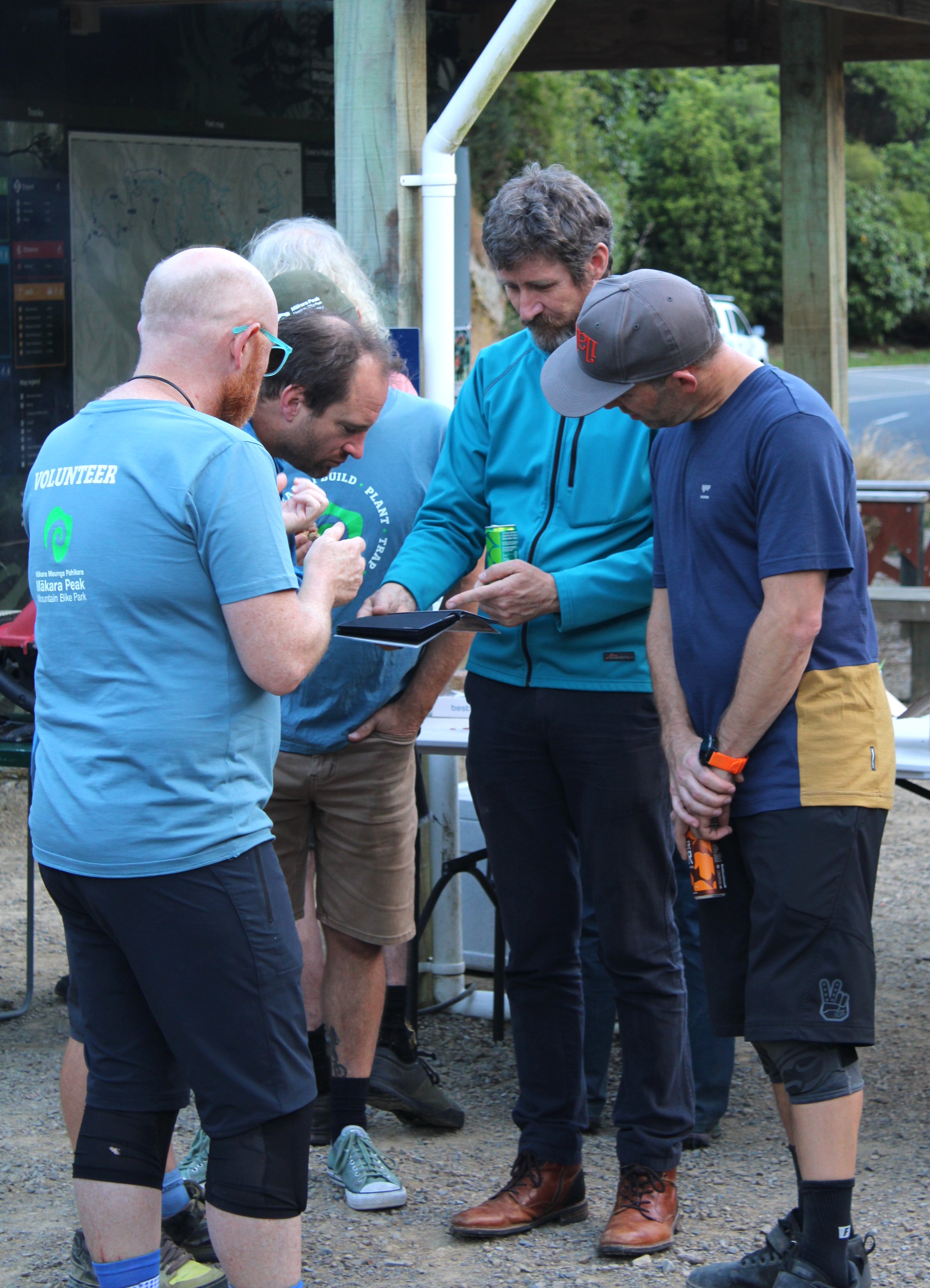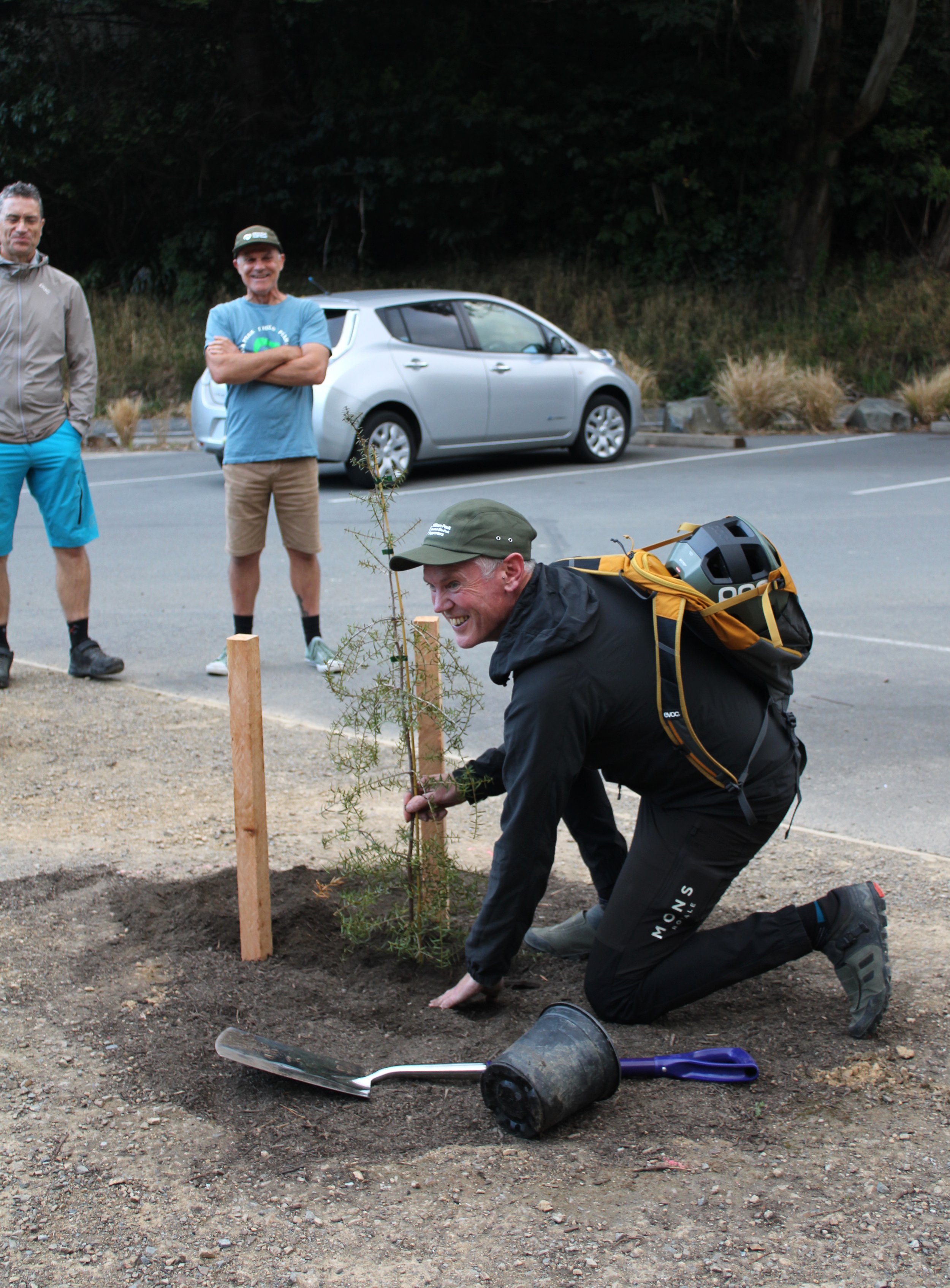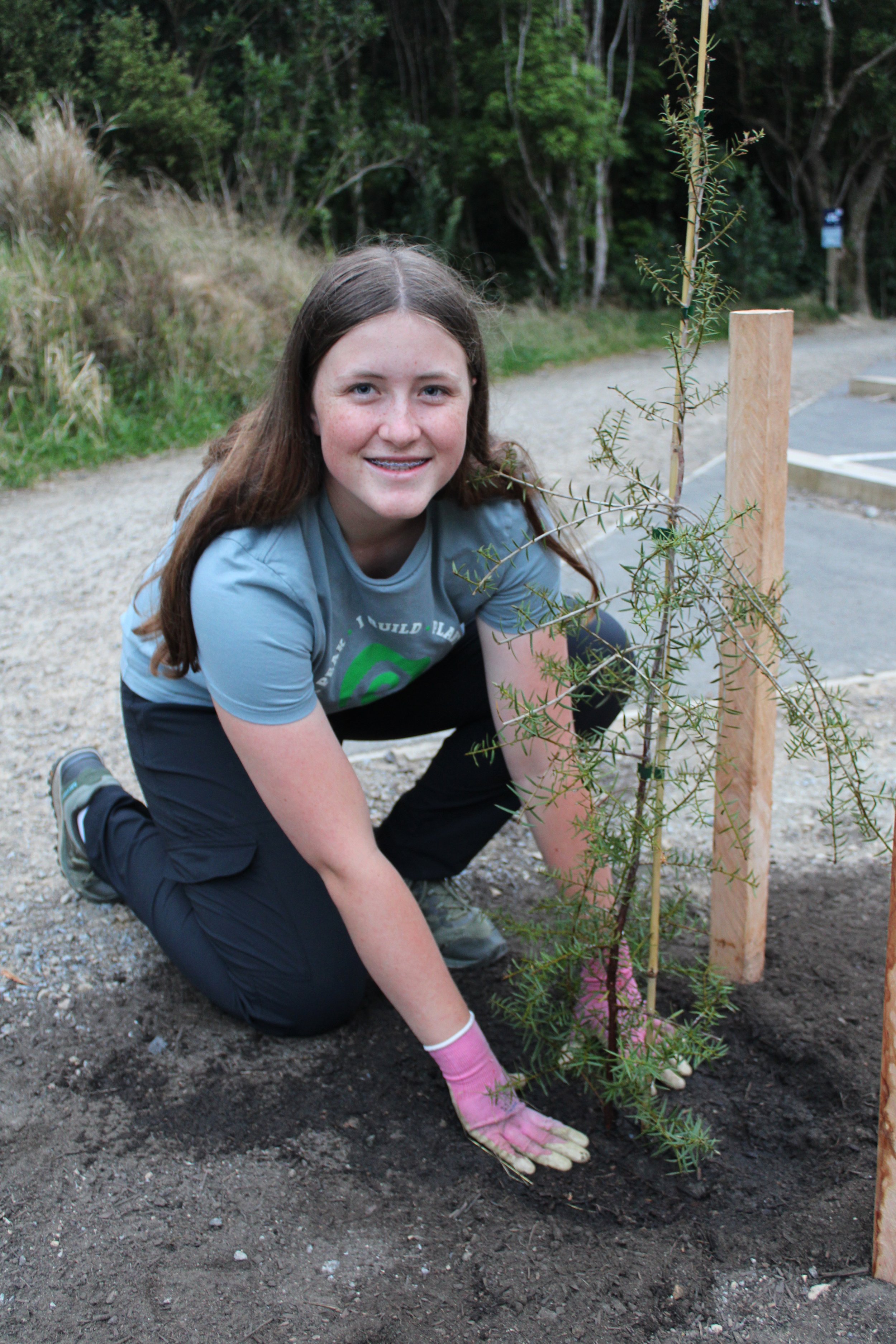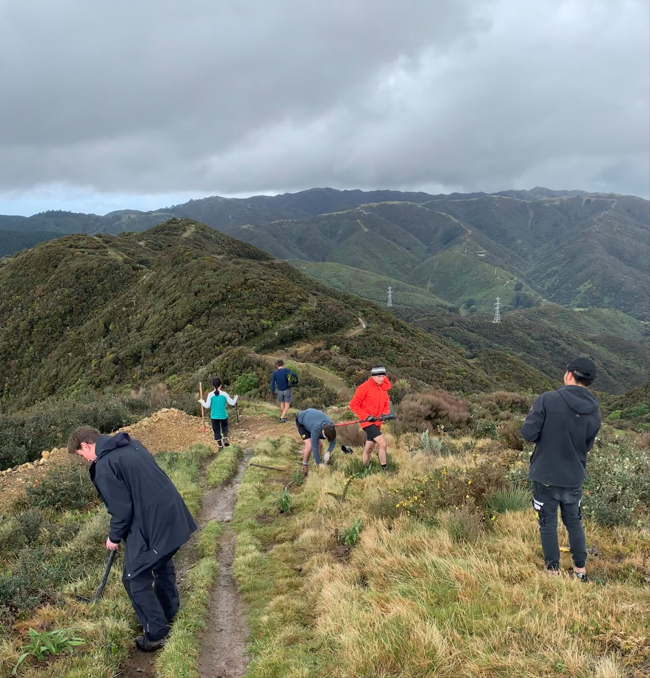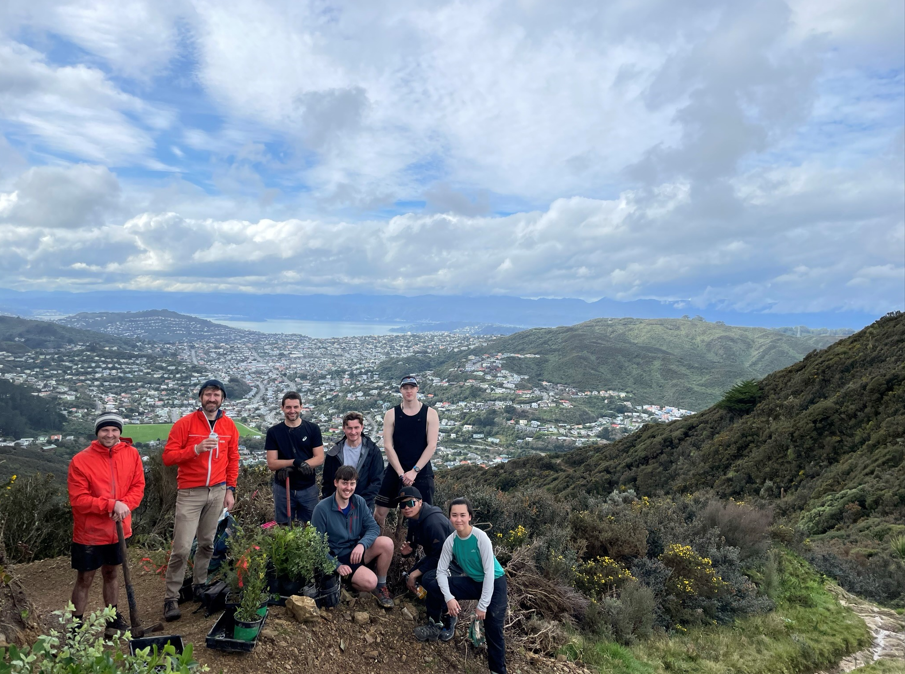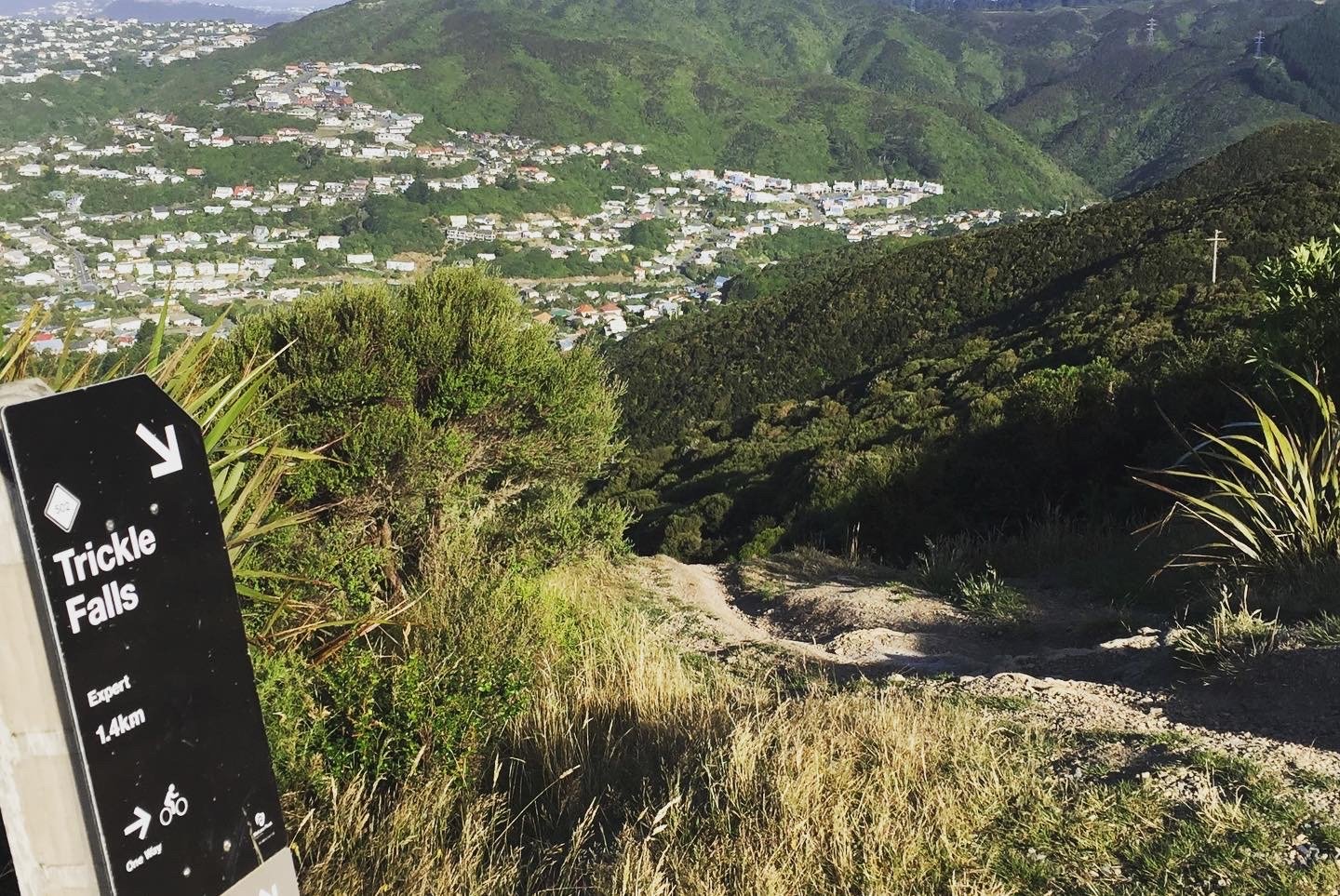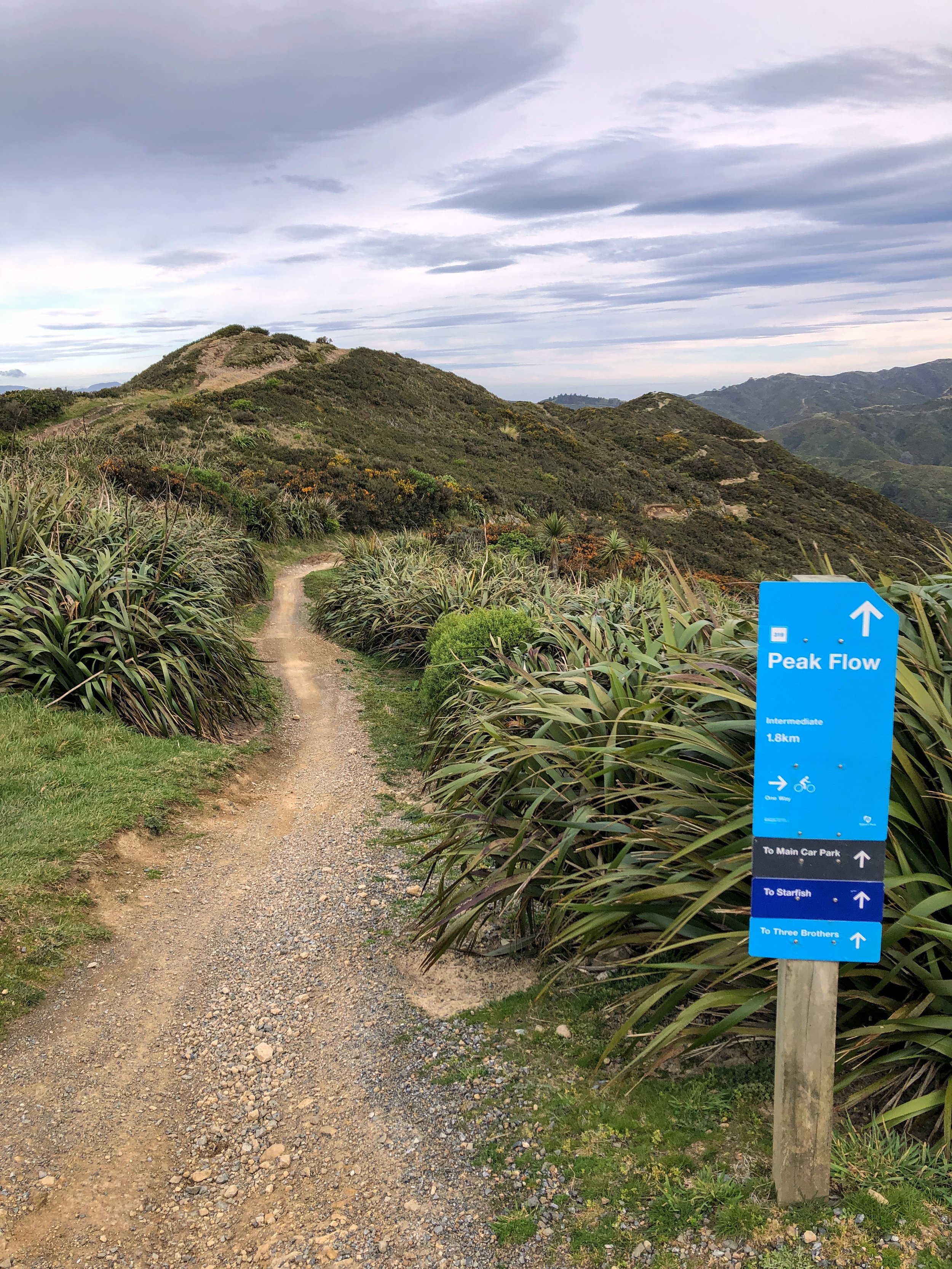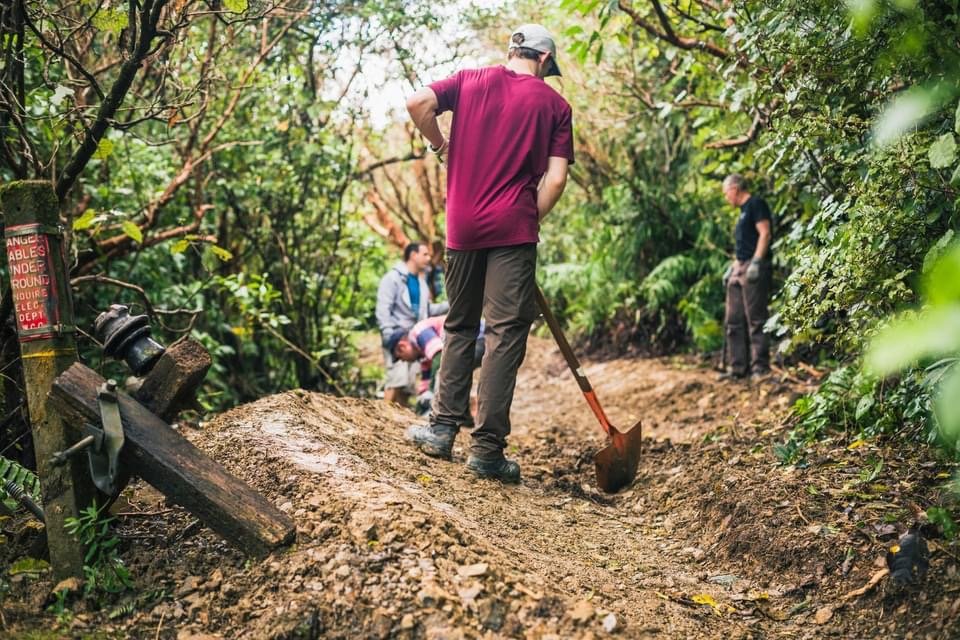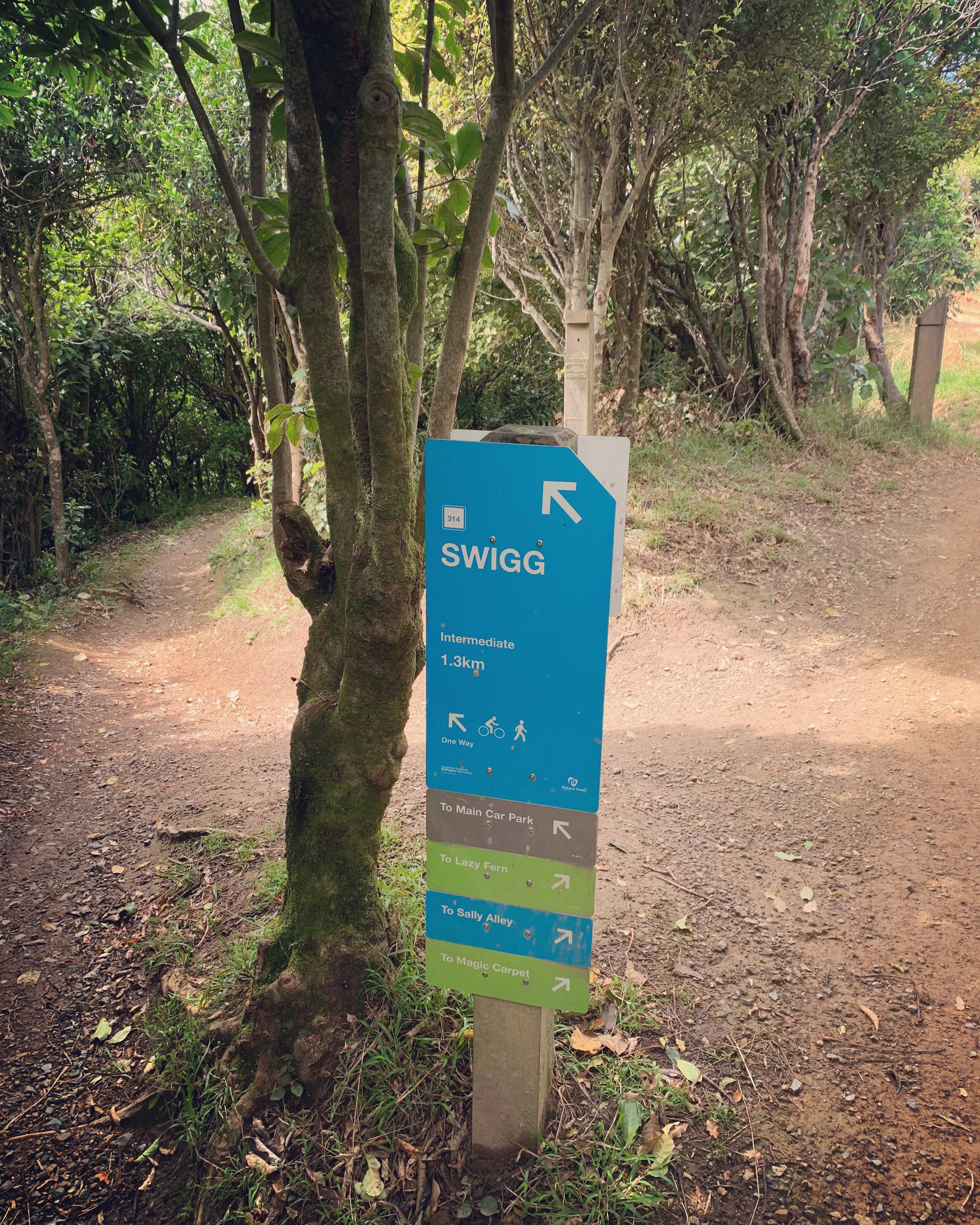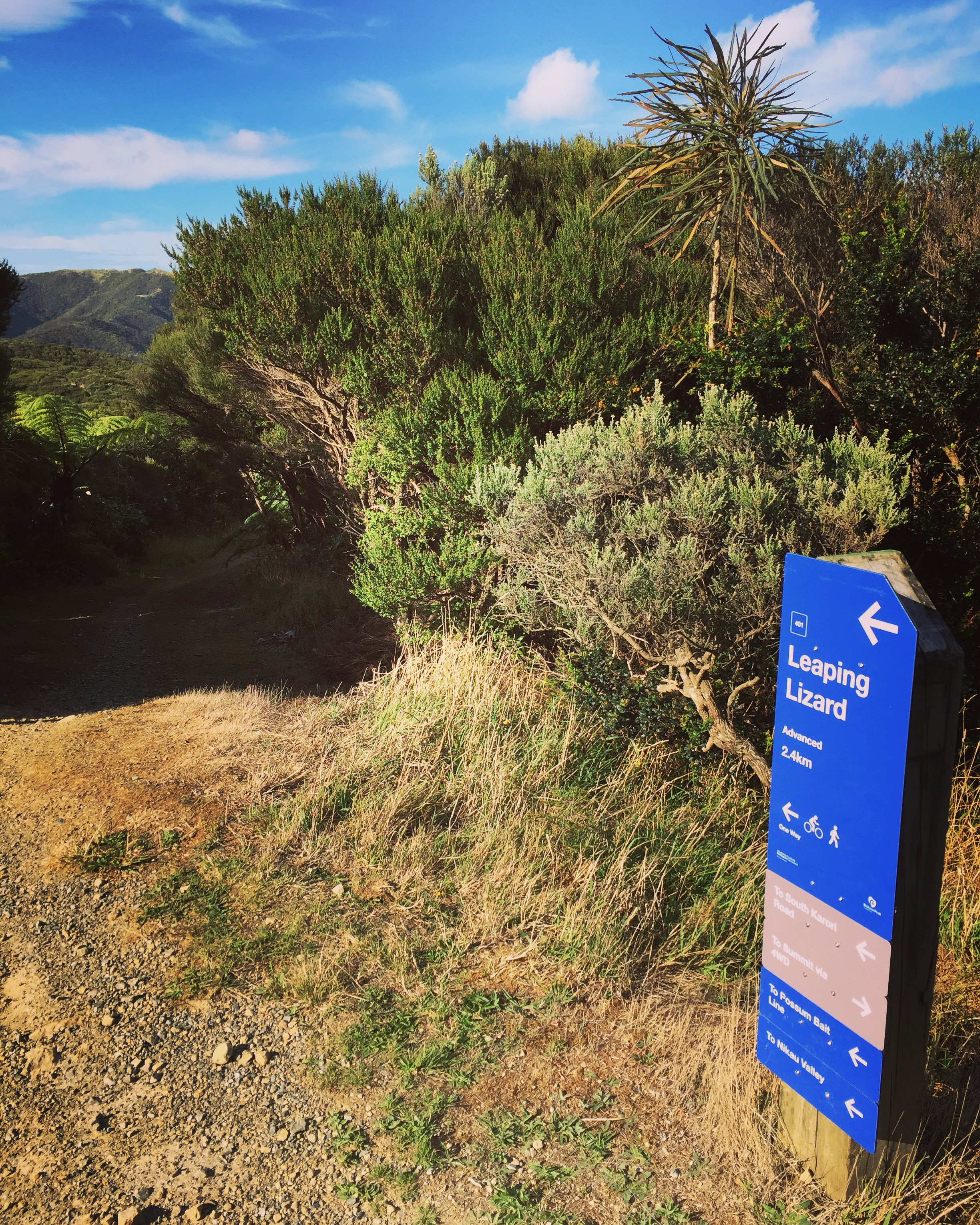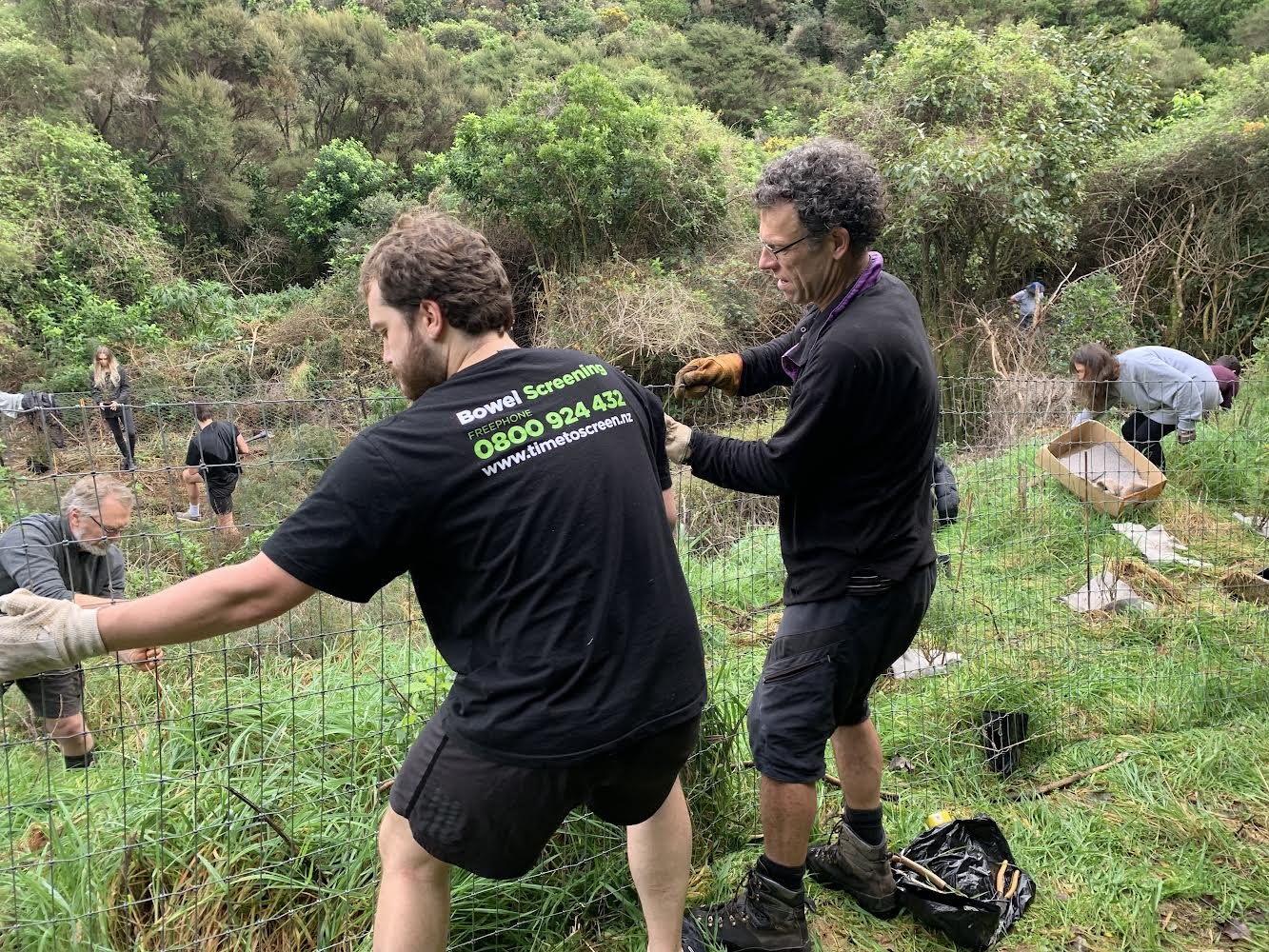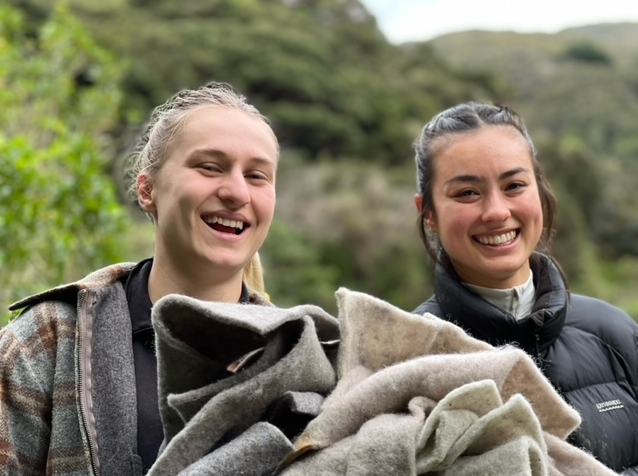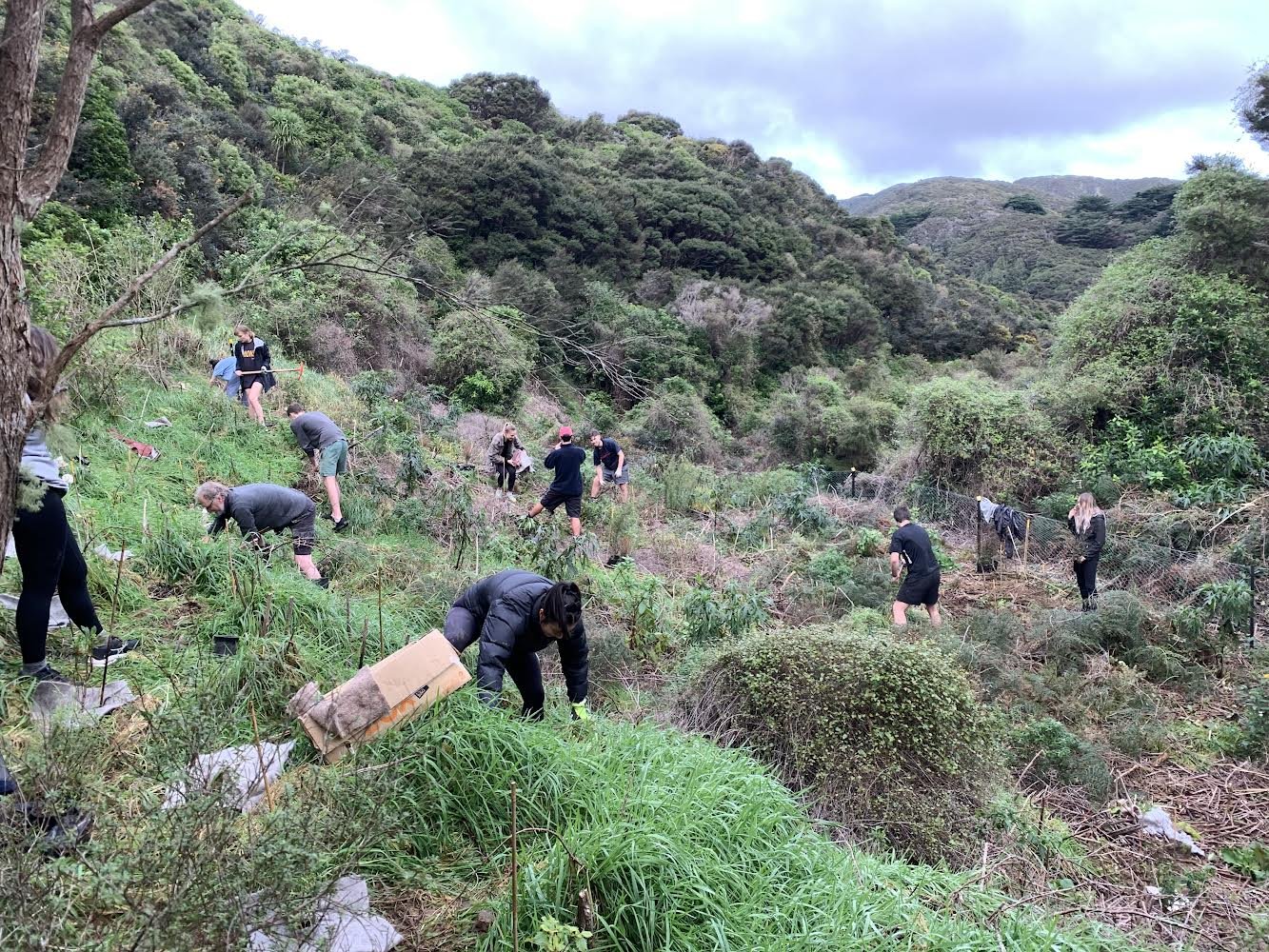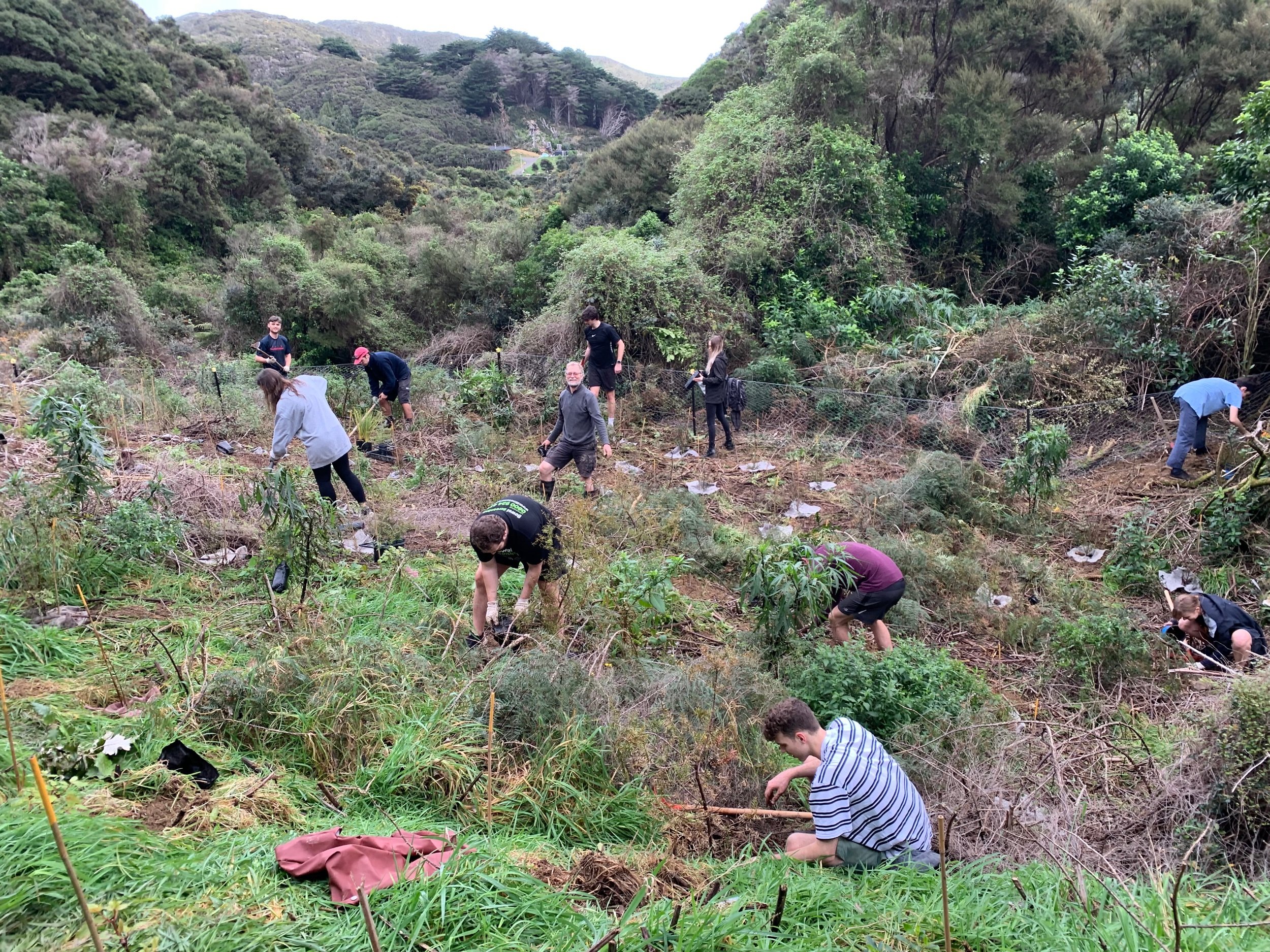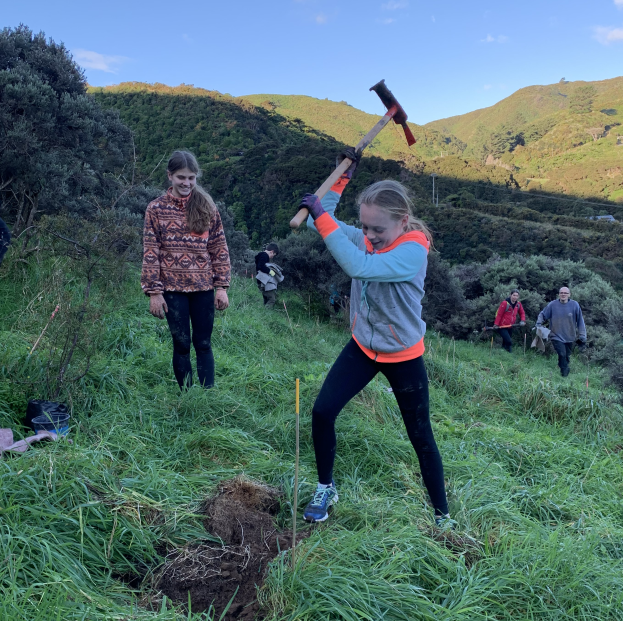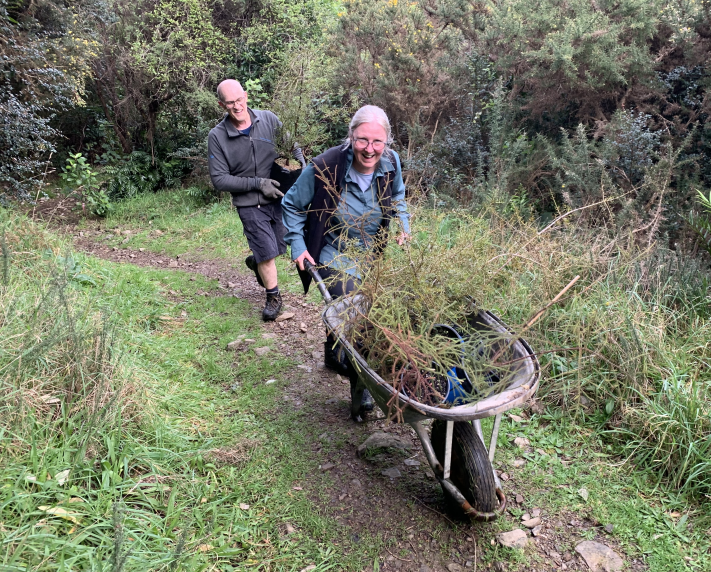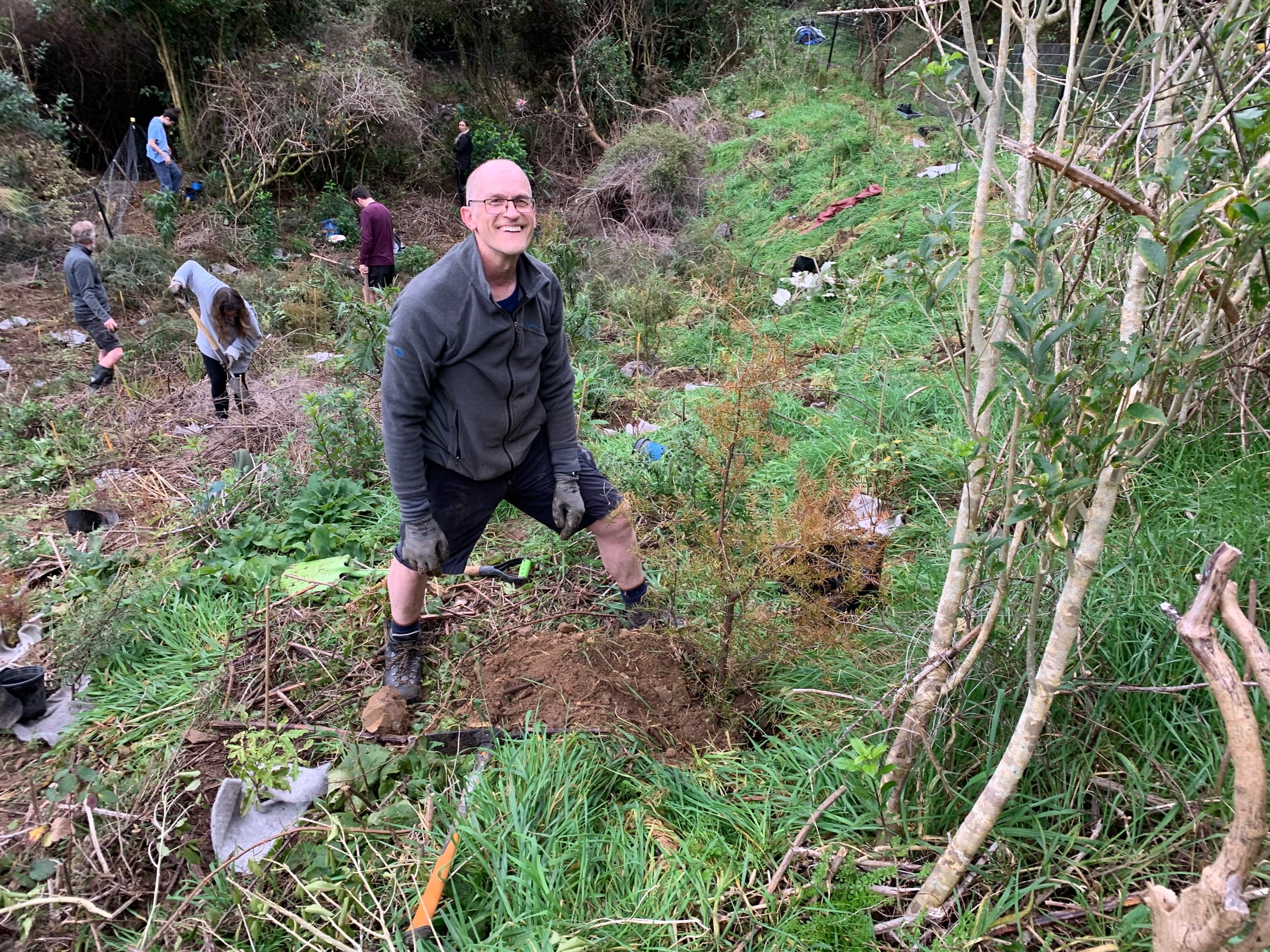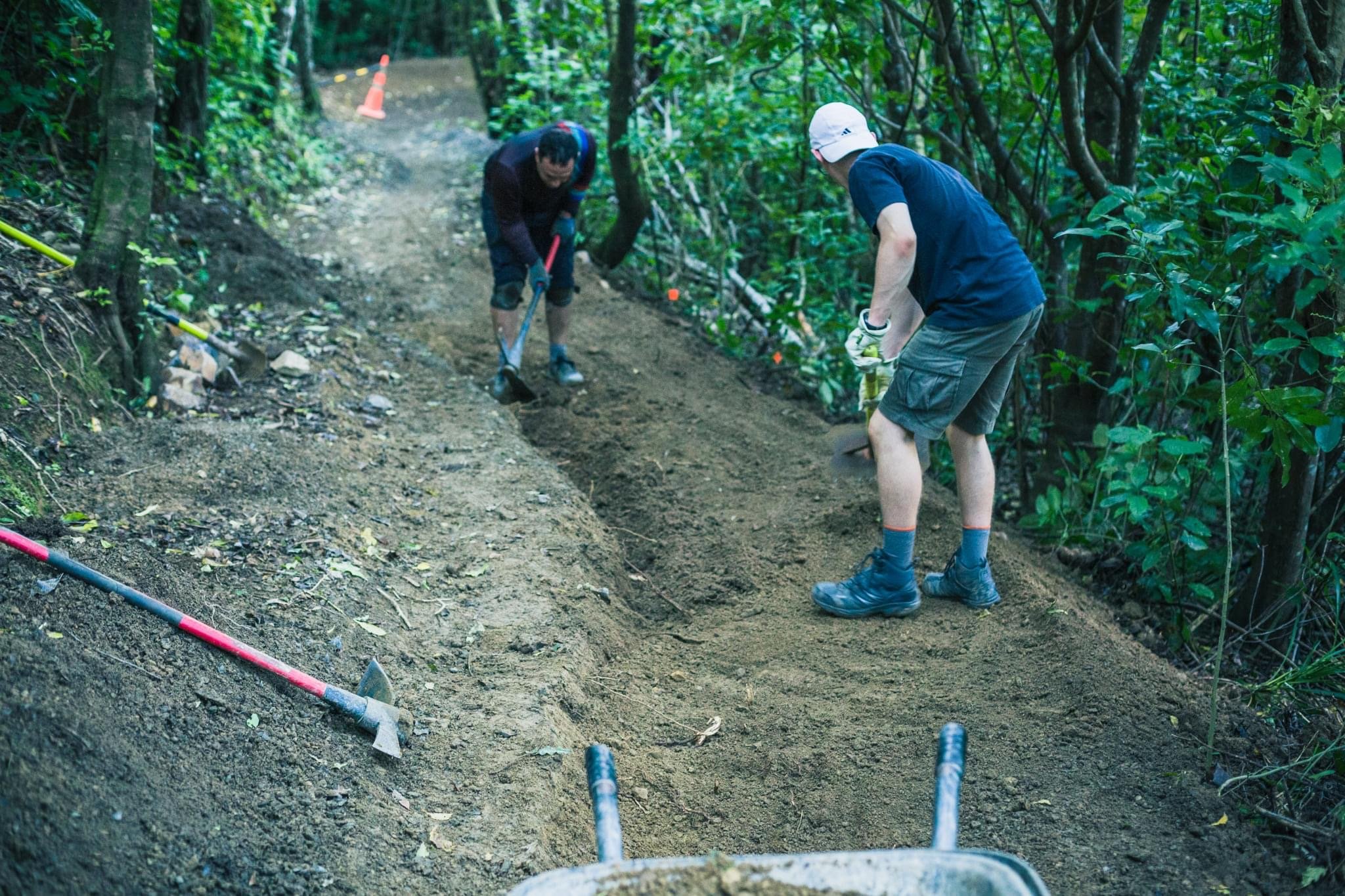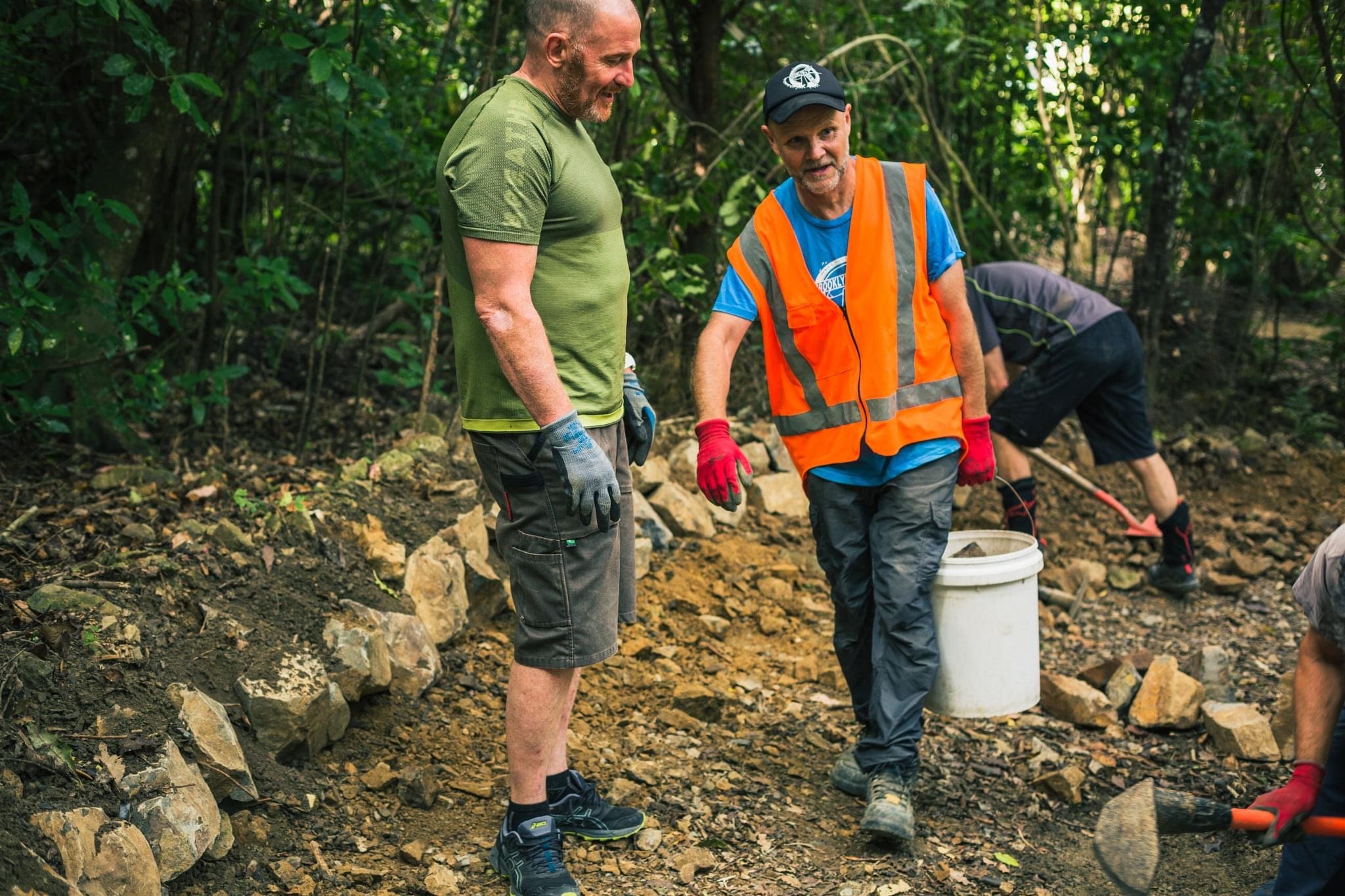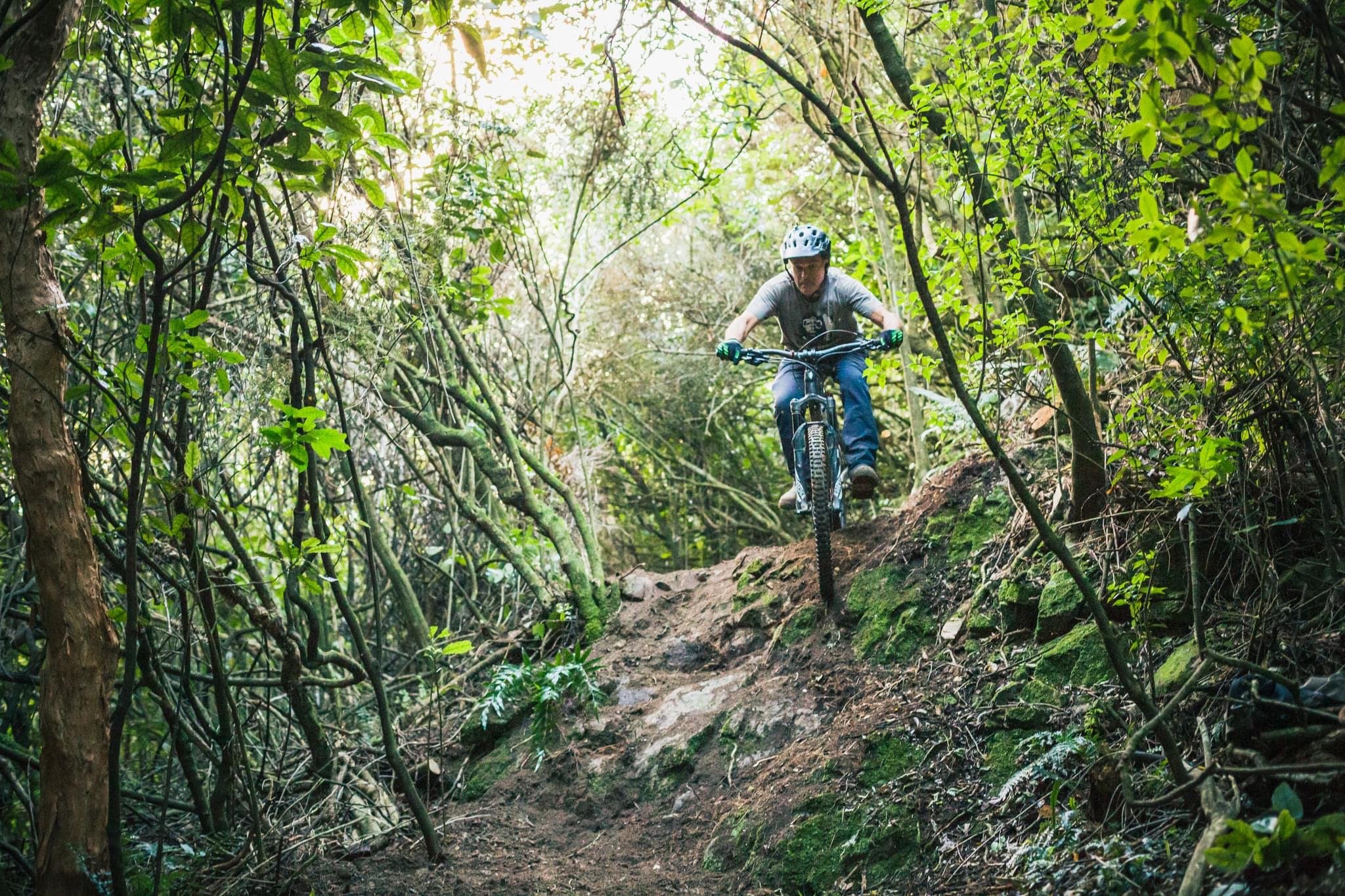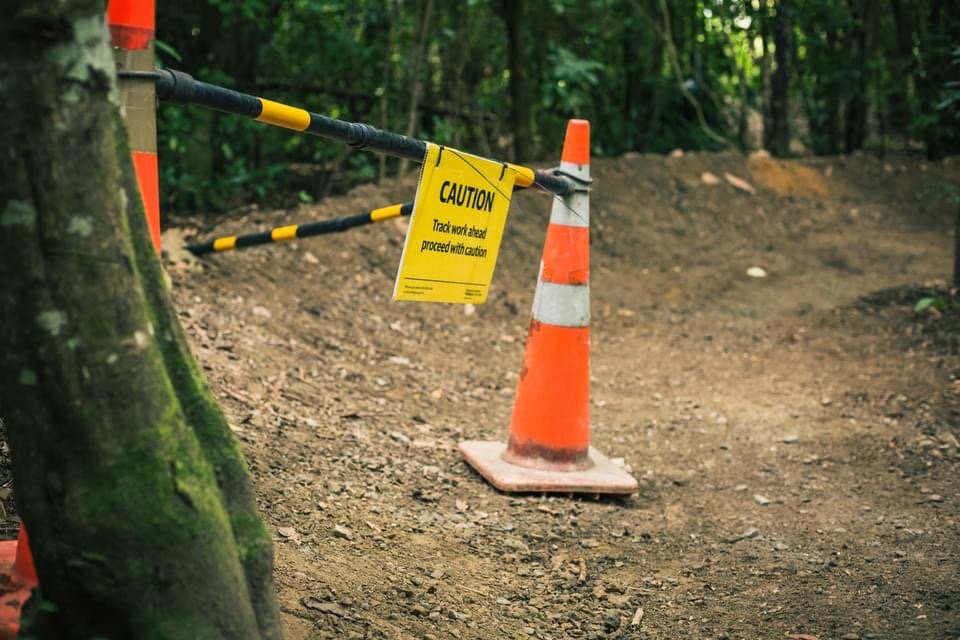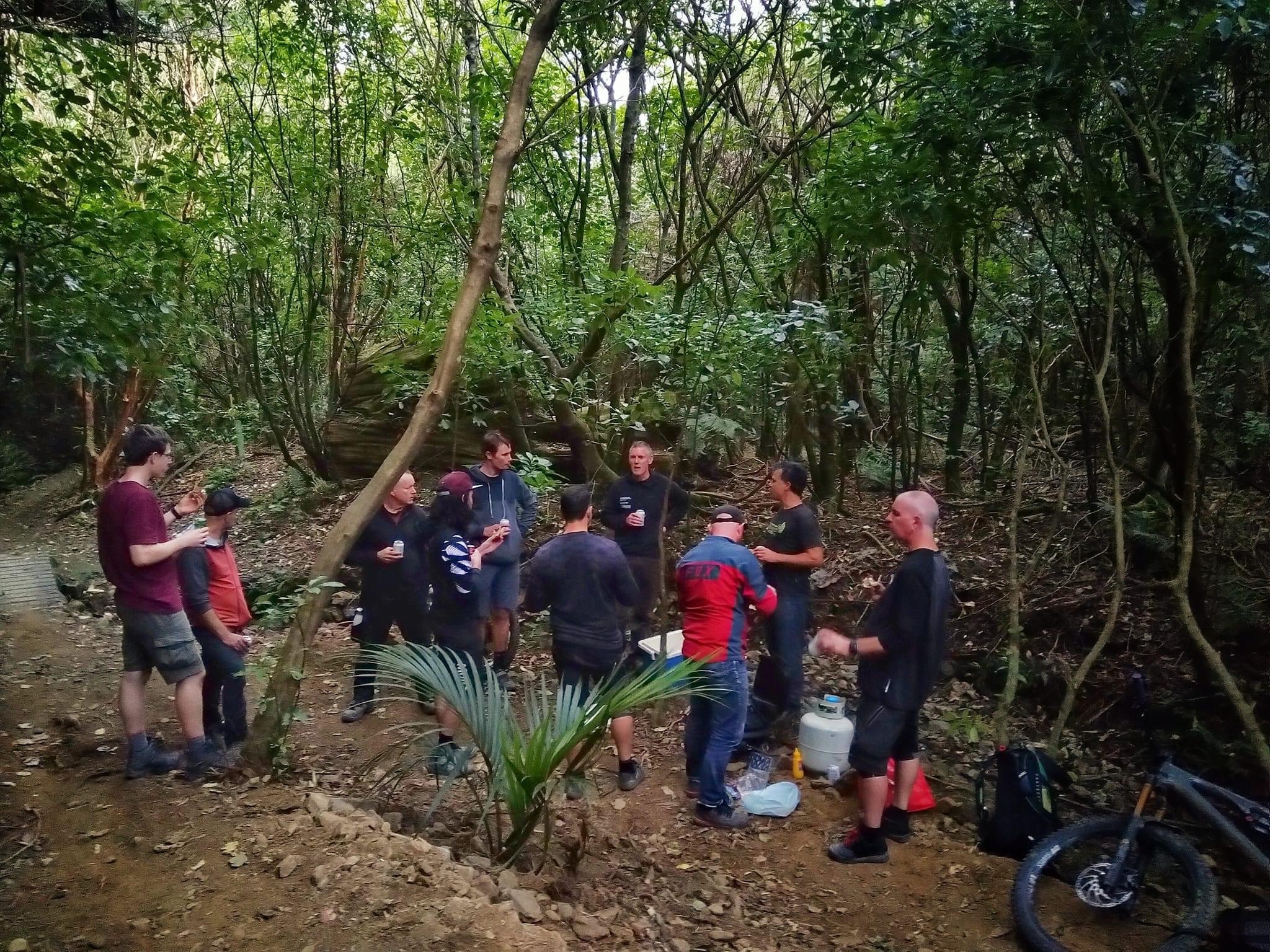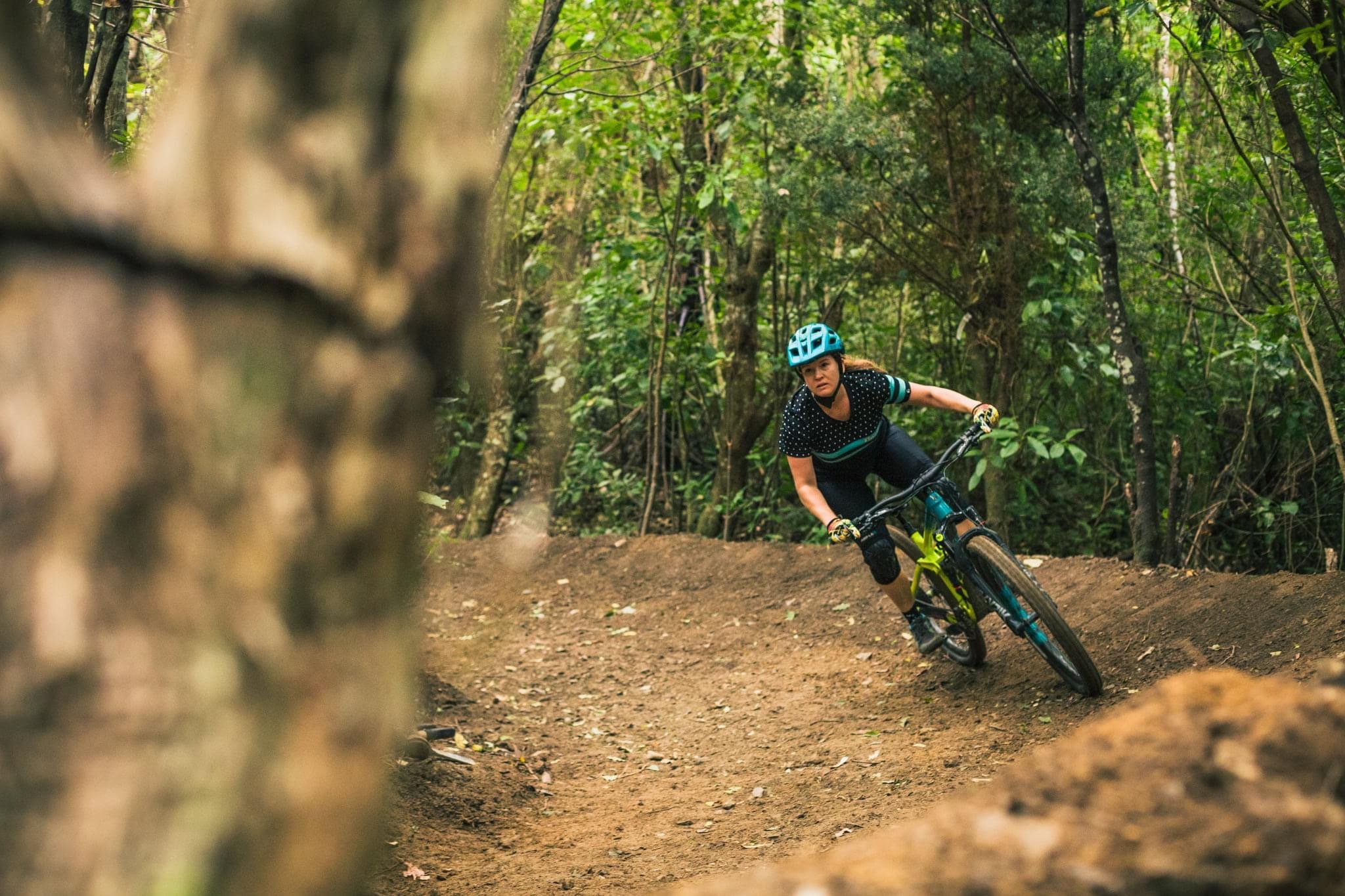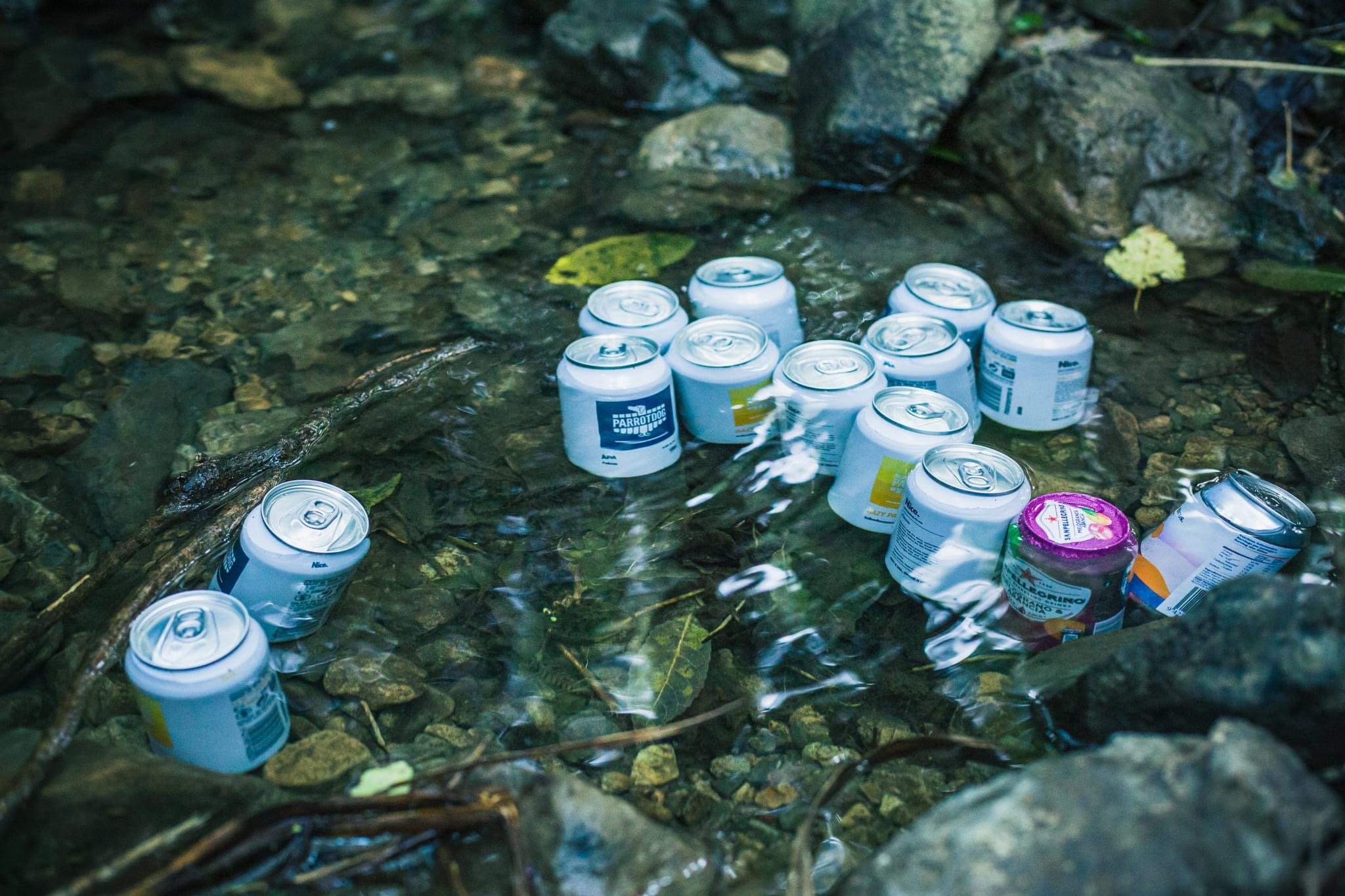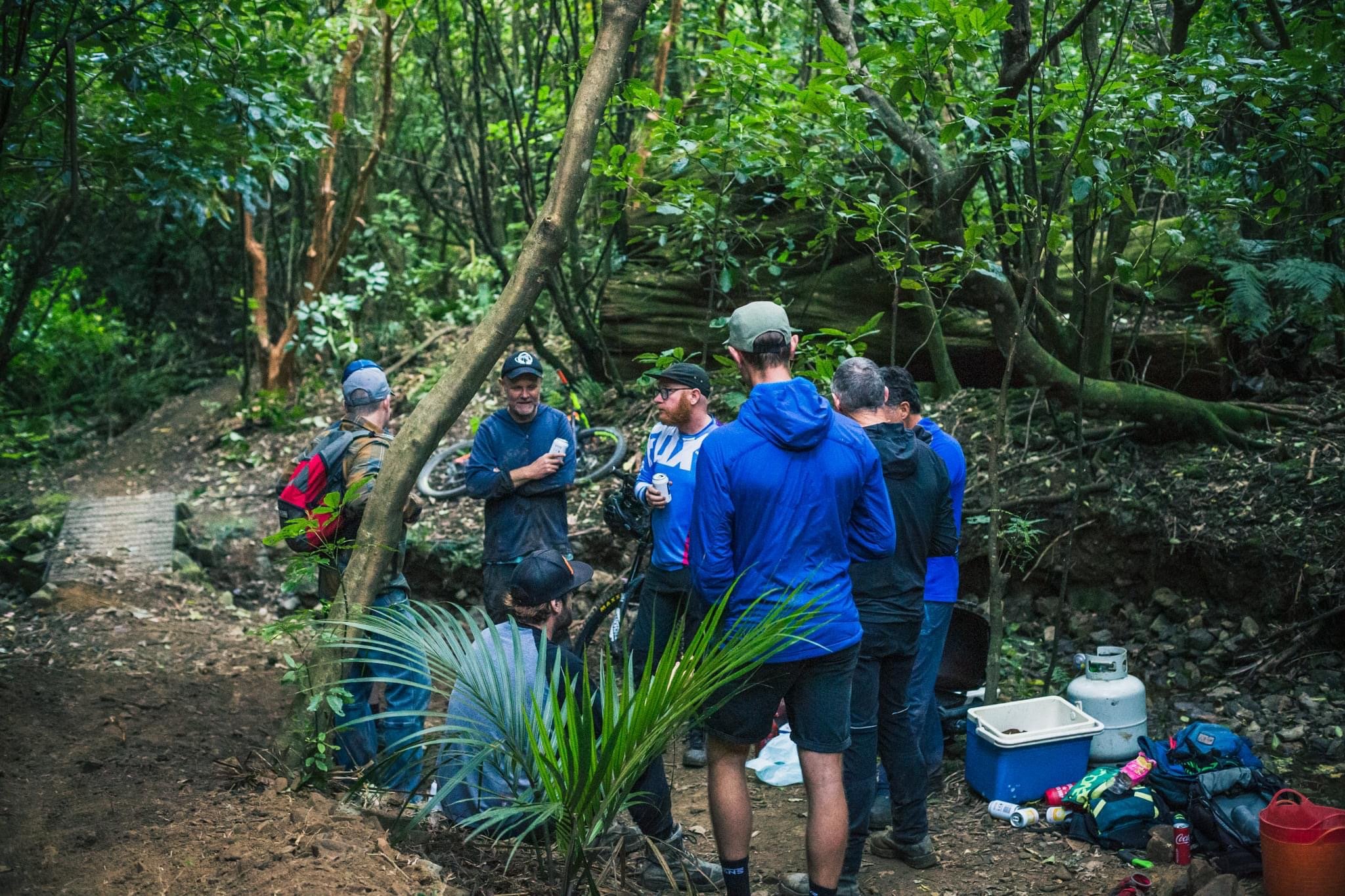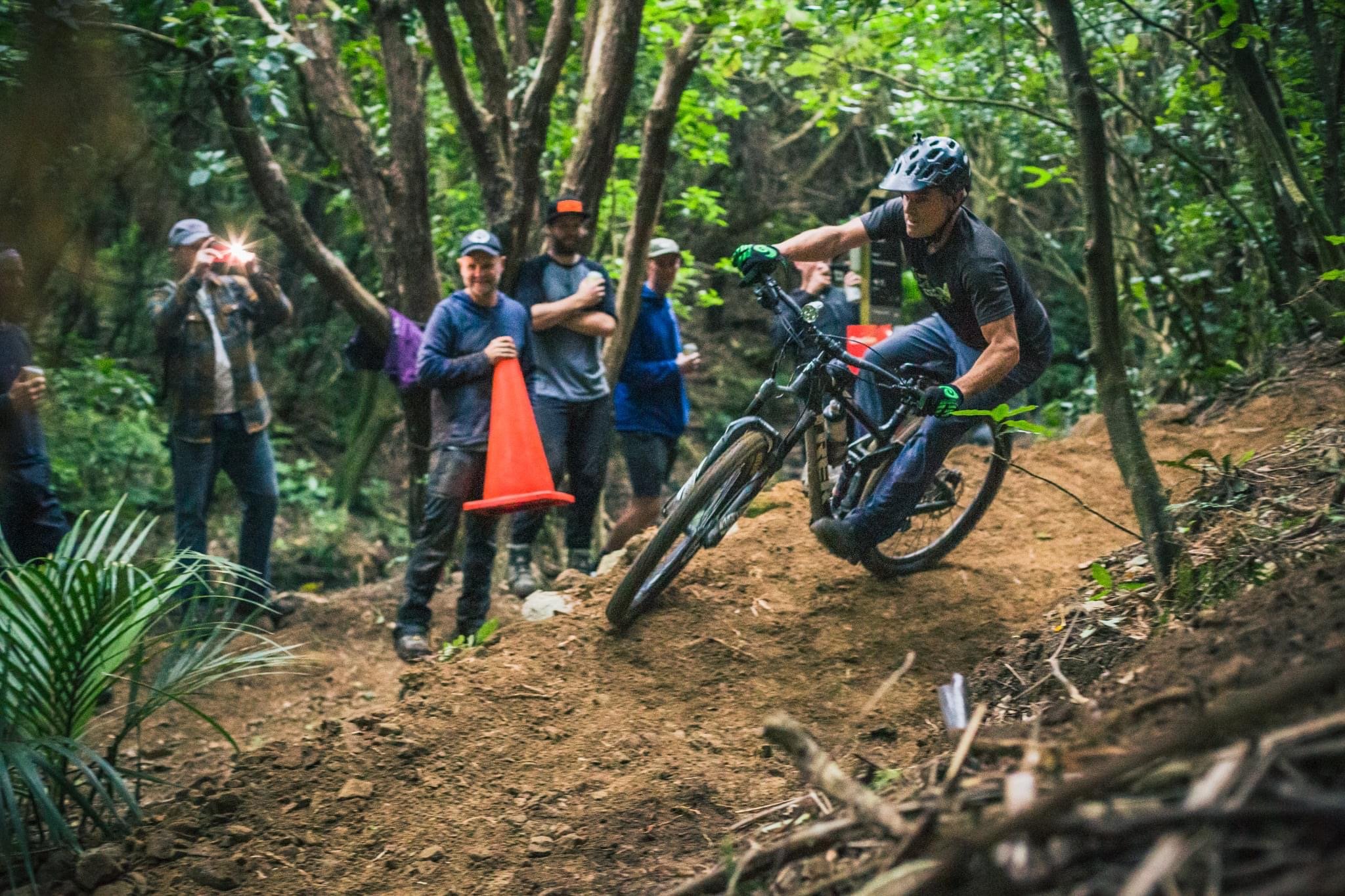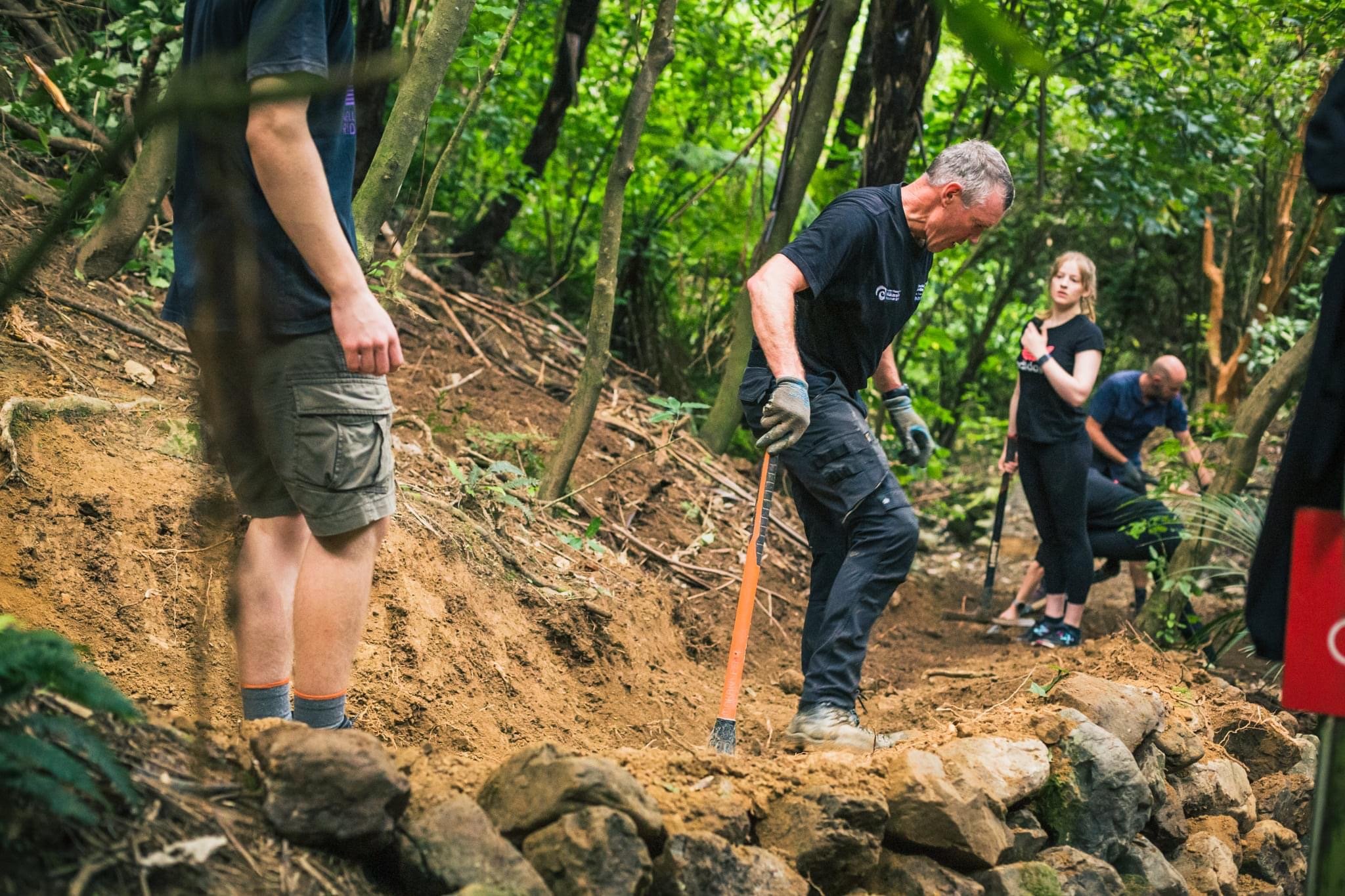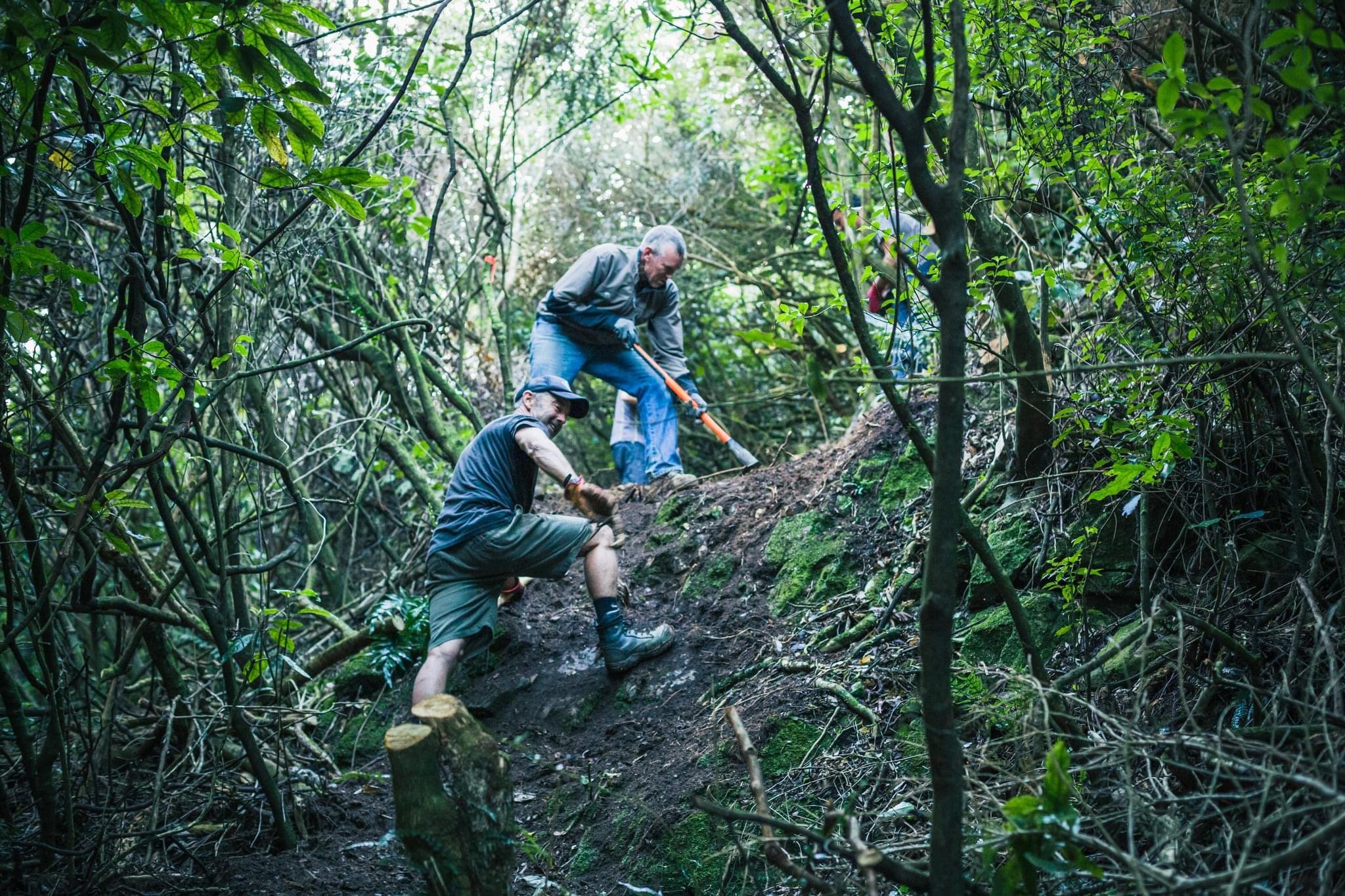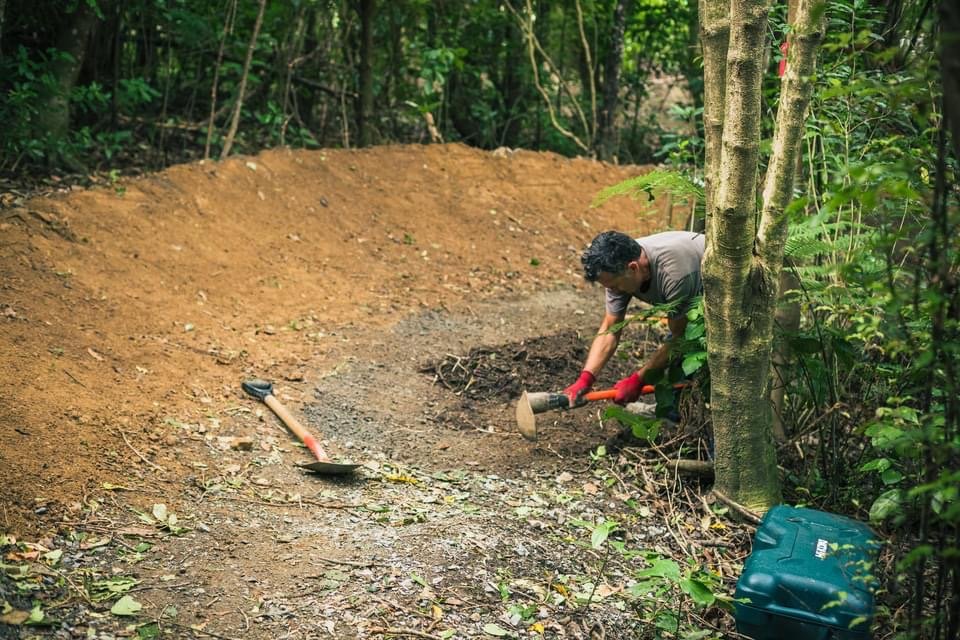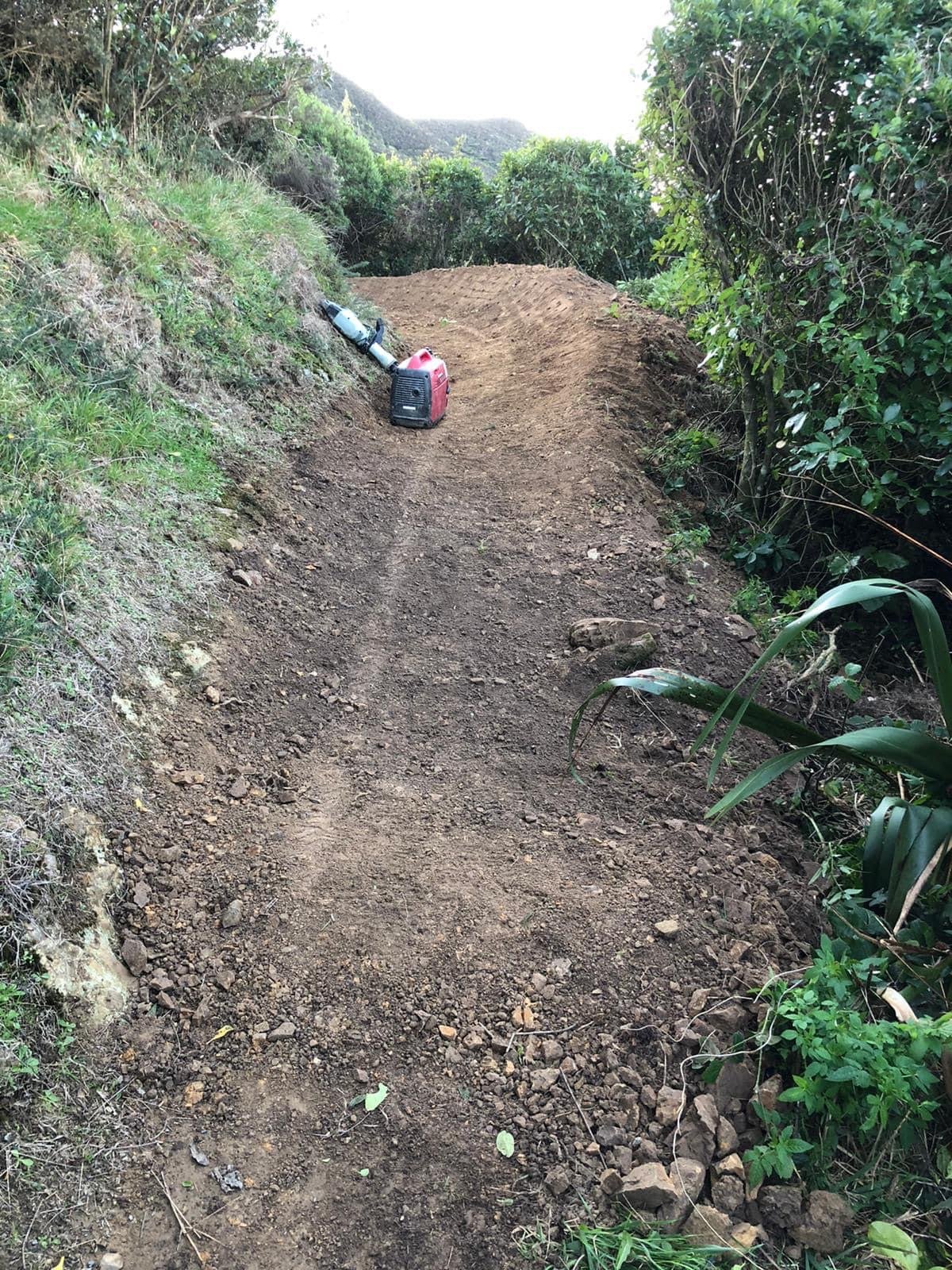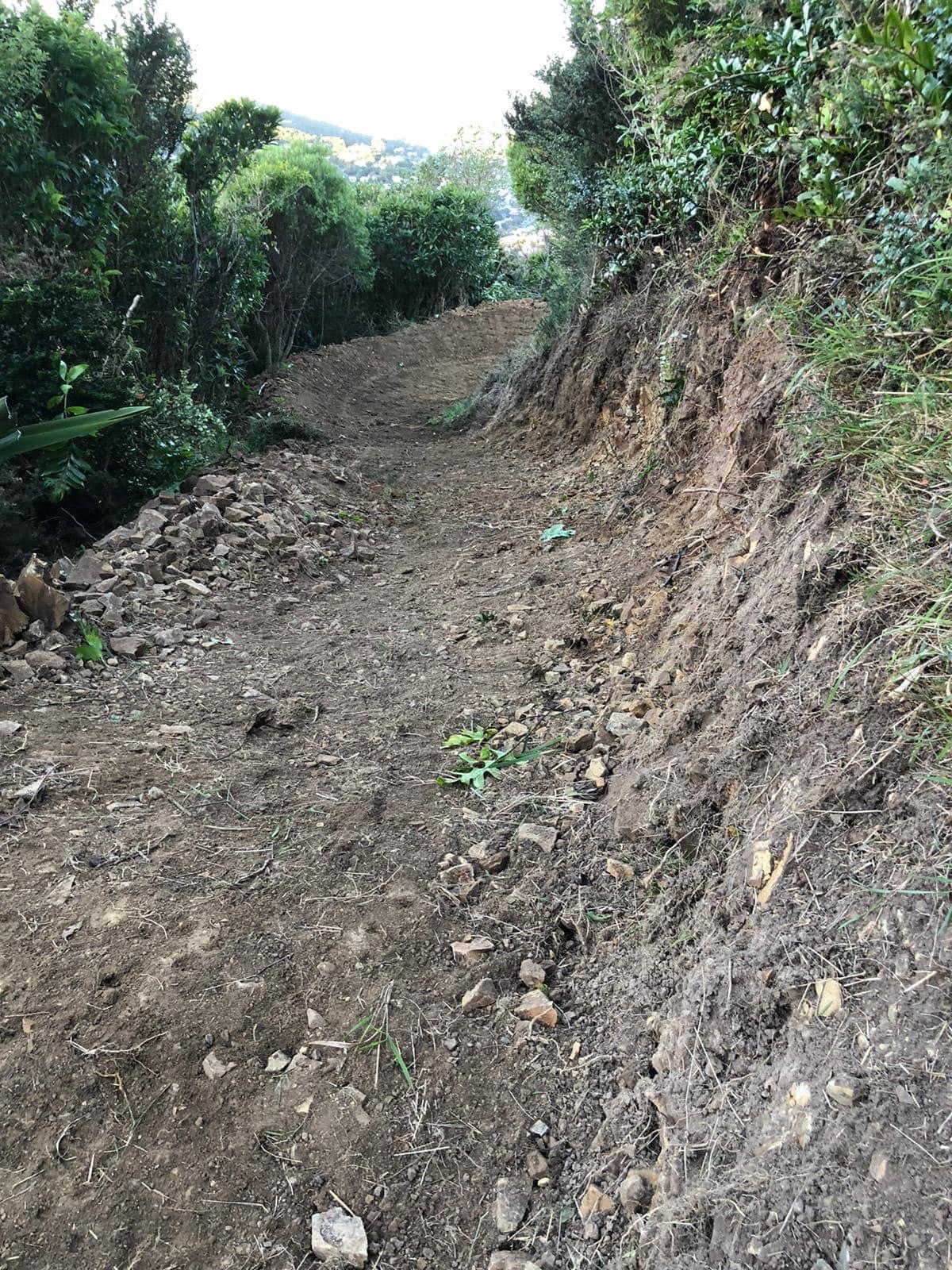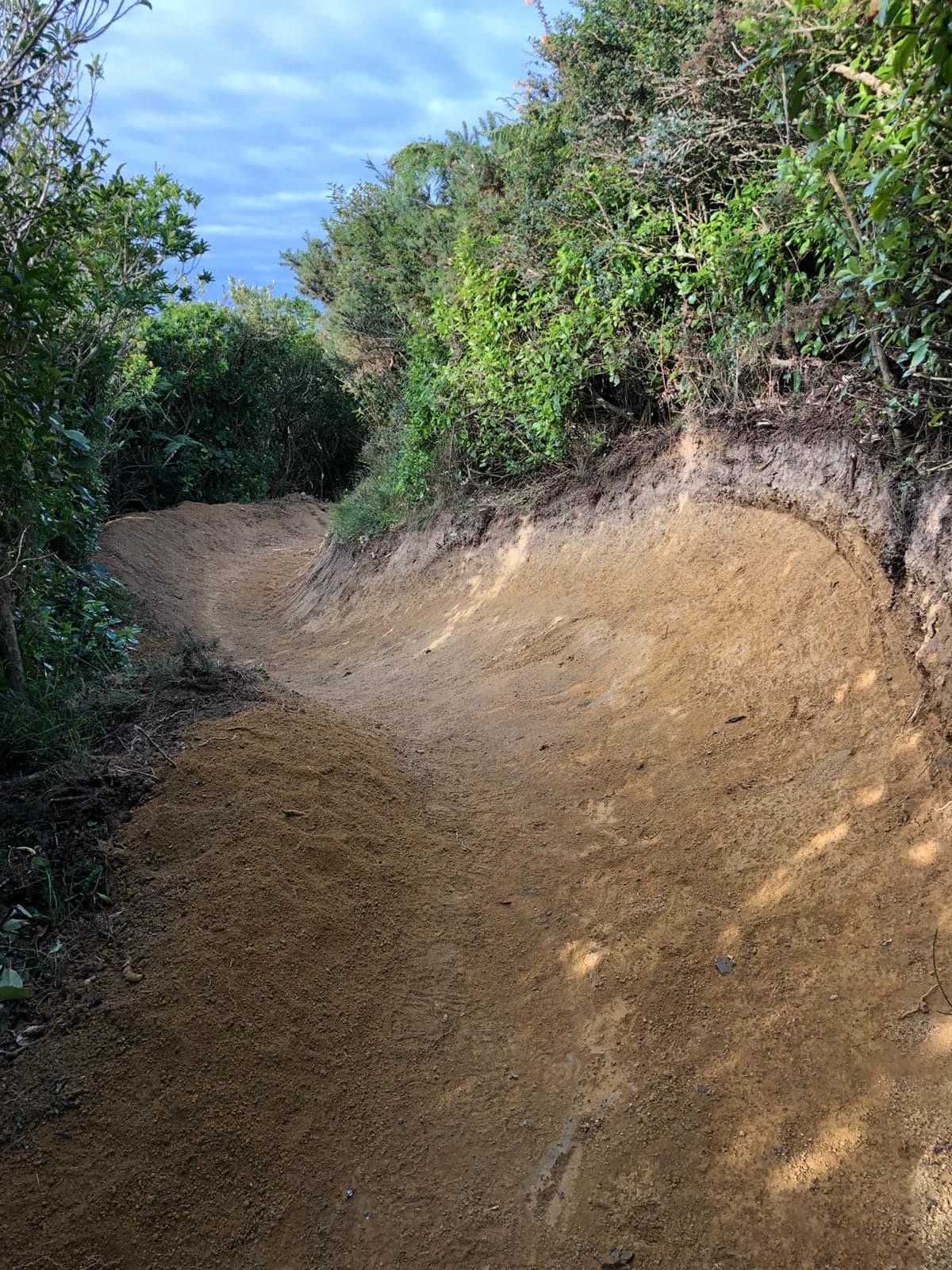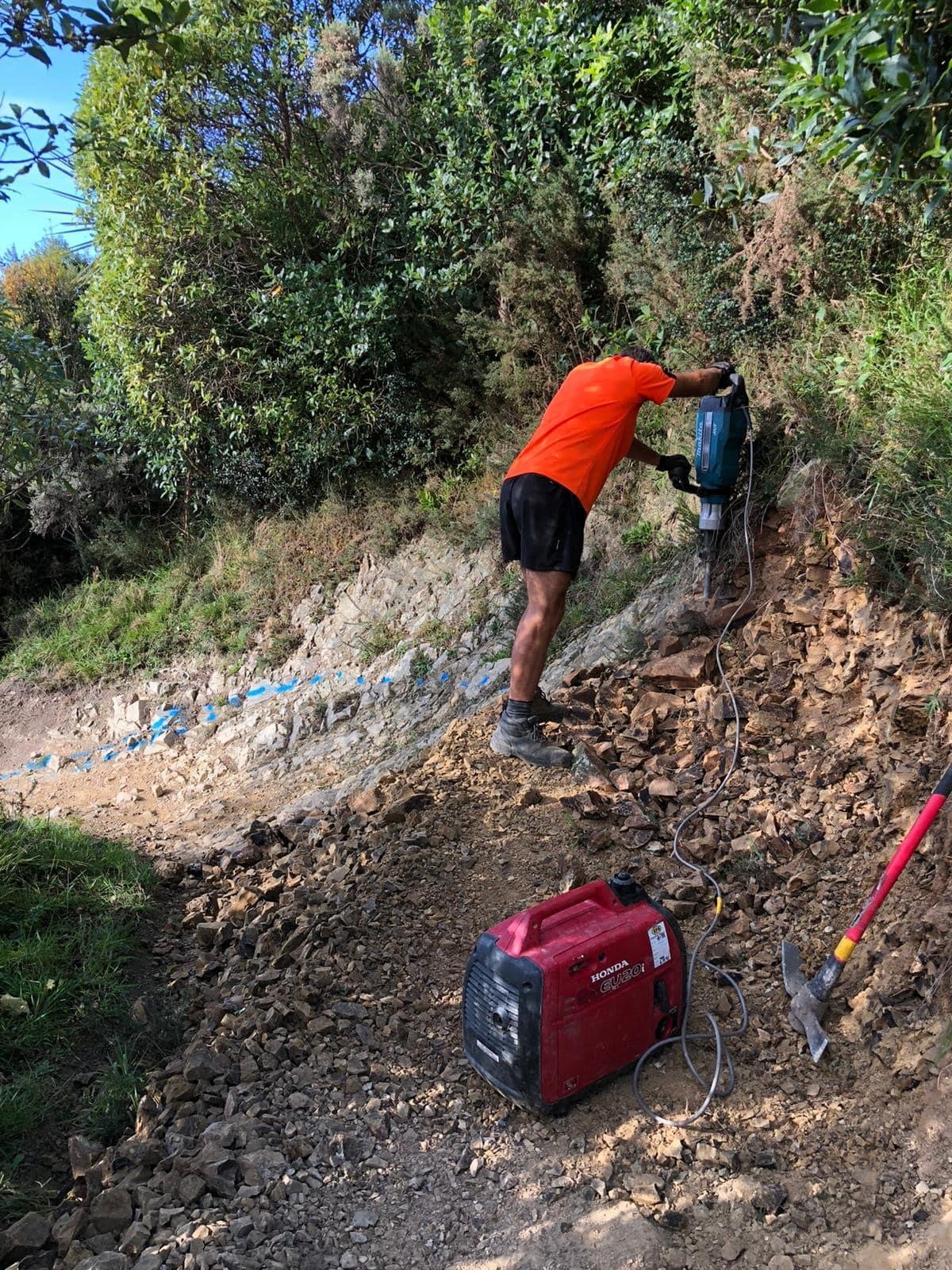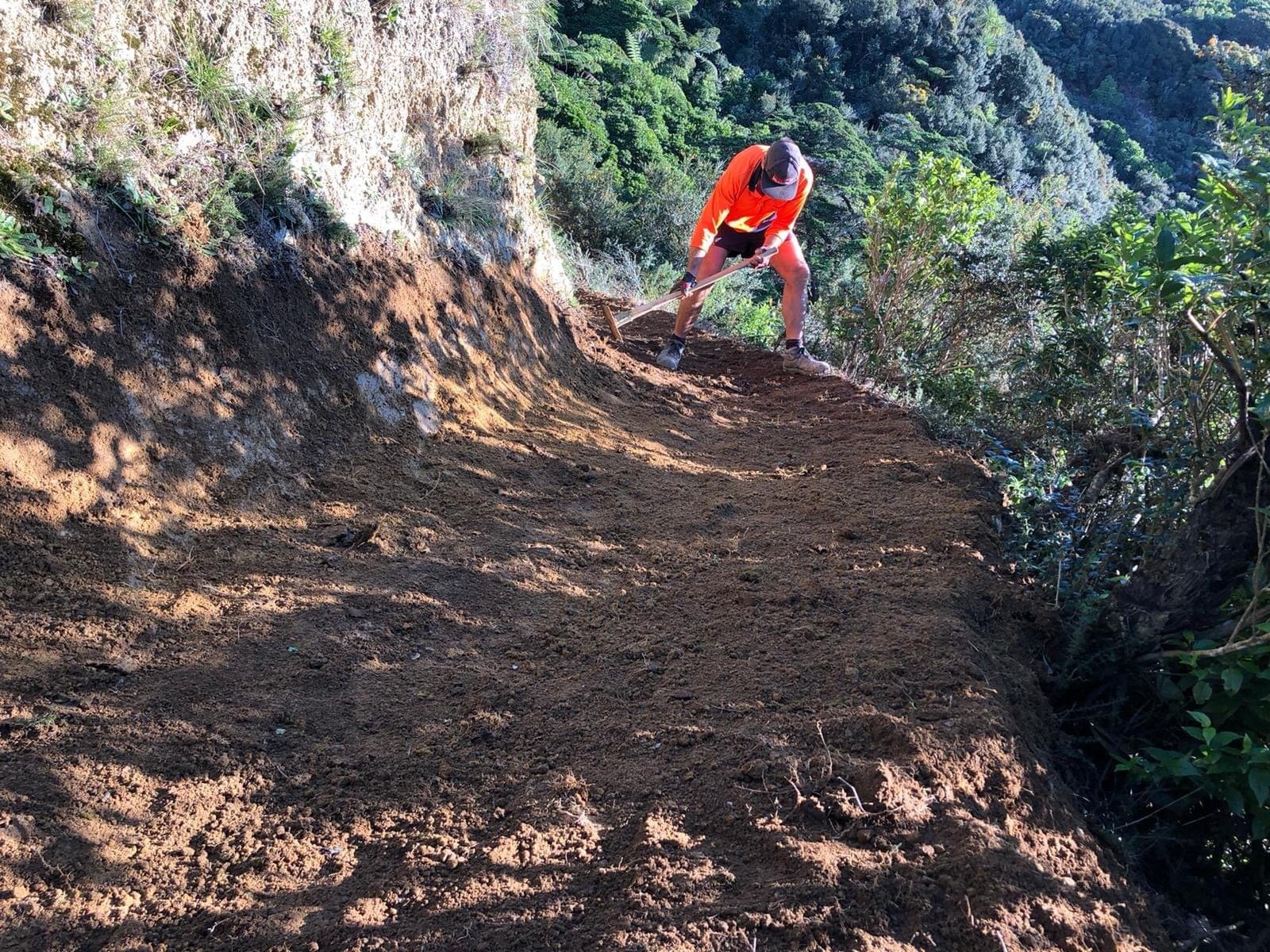As part of this process, the Living Pā has donated timber piles to the Mākara Peak Mountain Bike Park for use in their many development projects, including new bike stands and seats around the park, including on the recently upgraded main entry trail to the park - the Koru Trail.
The goal for the Living Pā is to significantly reduce or eliminate the production of waste in the first place, but when that isn’t possible, it needs to be managed to make sure it doesn’t end up in landfill. For timber, 90% of it must be upcycled or reused, and that’s where groups like the Mākara Peak Bike Park Supporters come in.
“The Living Pā’s building contractor, L T McGuinness, reached out to our volunteer group with an opportunity to repurpose the material and not send it to landfill. The Mākara Peak Supporters have been longstanding volunteers, some for 20 years, and they have a number of projects on the go over the next year,” says Mark Kent, Park Ranger at Wellington City Council.
The Mākara Peak Bike Park has the largest trail network in the lower North Island. Trails weave through 250 hectares of regenerating native bush, and conservation is an important aspect of the park. The Mākara Peak Supporters plant one tree for every metre of new track to offset the impact of bush clearance for track building. Tens of thousands of trees have been planted since the Park was opened in 1998.
Some of the large timber piles from the Living Pā will be used to create bike stands at the beginner’s track, as well as being used for seating in the park. Some of the longer piles will be used for retaining walls across the park, and the timber has also been used to create a vehicle grate over a culvert.
“The Mākara Peak Supporters group are looking at doing a new design for the skills area to give people the opportunity to ride over the logs,” Kent says. “It’s designed in a certain way to enhance skills.”
Kent says not needing to buy timber for these purposes means they can use that money to help with other things like surfacing tracks or supporting other conservation efforts in the park.
Rhonda Thomson, Living Pā Project Manager, says the design consultants, construction and project management team are having imaginative conversations about what they can do with construction materials—conversations well beyond what would typically happen for a building project.
These conversations are about more than meeting the requirements of the Living Build Challenge, they’re about advocating for advanced benchmark practices, change and supporting local initiatives.
“Waste is actually a precious thing,” Thomson says. “Landfill represents a lazy attitude to resources that come from the whenua. The kaitiaki role is about taking responsibility, and it’s this kind of viewpoint that the Pā encourages us to explore.”
The recycled timber represents around 35 tonnes of material that would otherwise have gone to landfill. Some of it has been reused on site, and some of it has been donated to groups like the Mākara Peak Mountain Bike Park for the community to use and enjoy.
